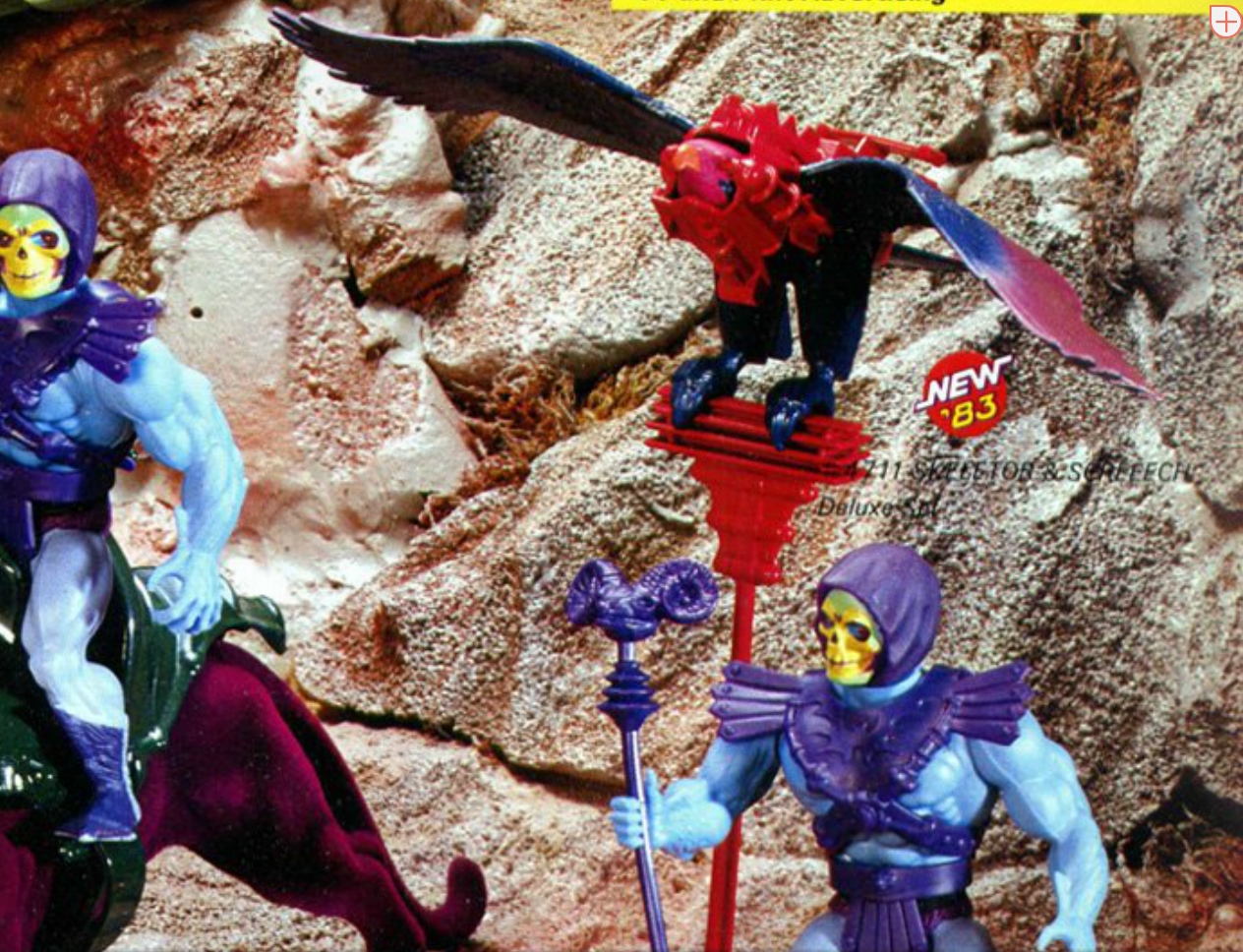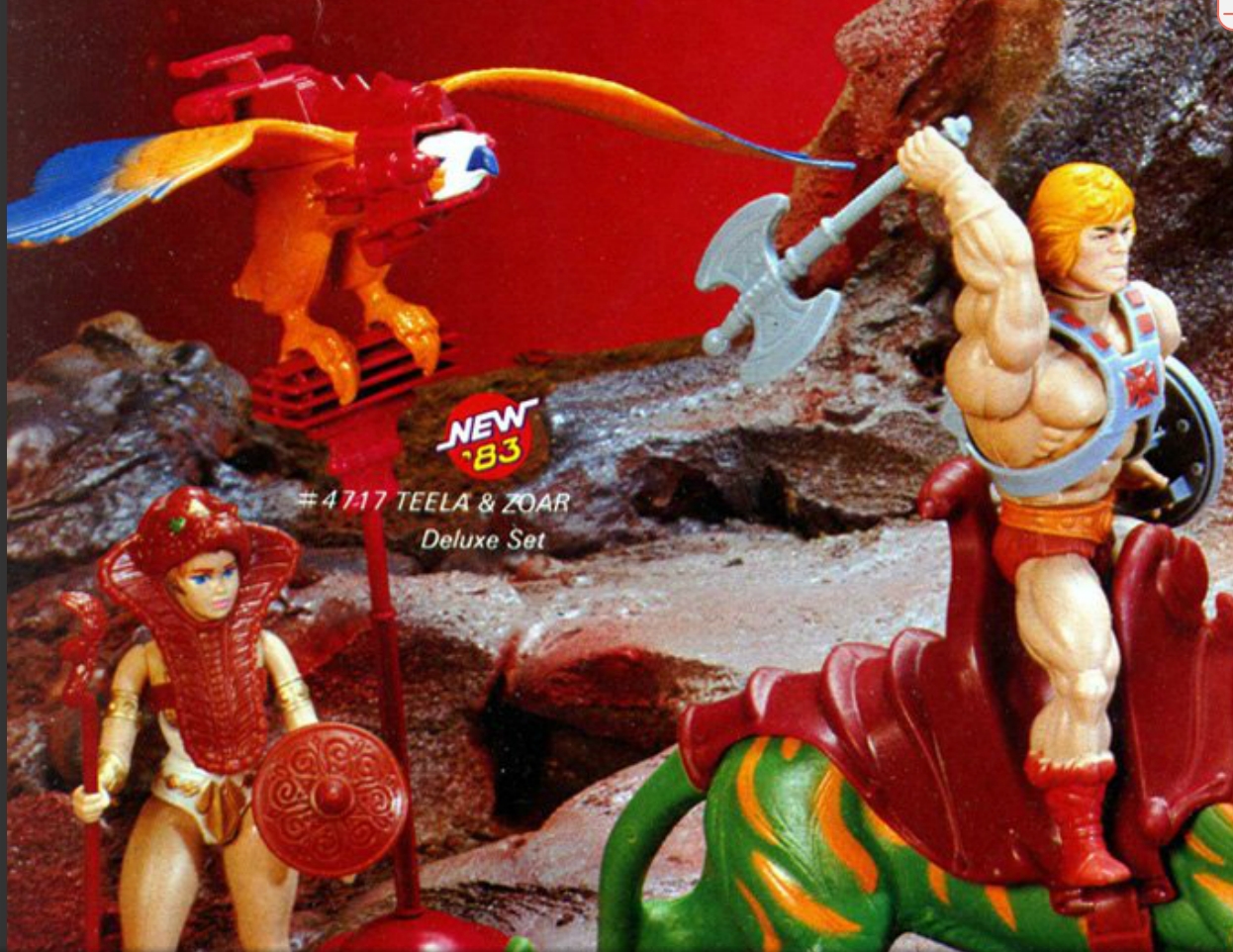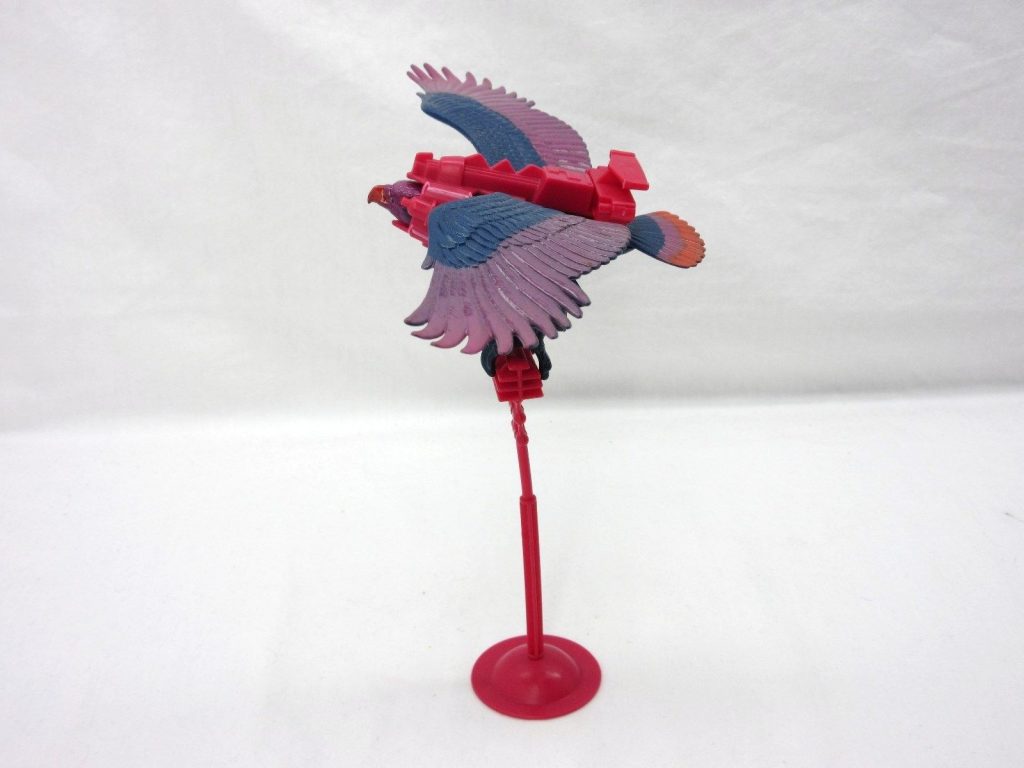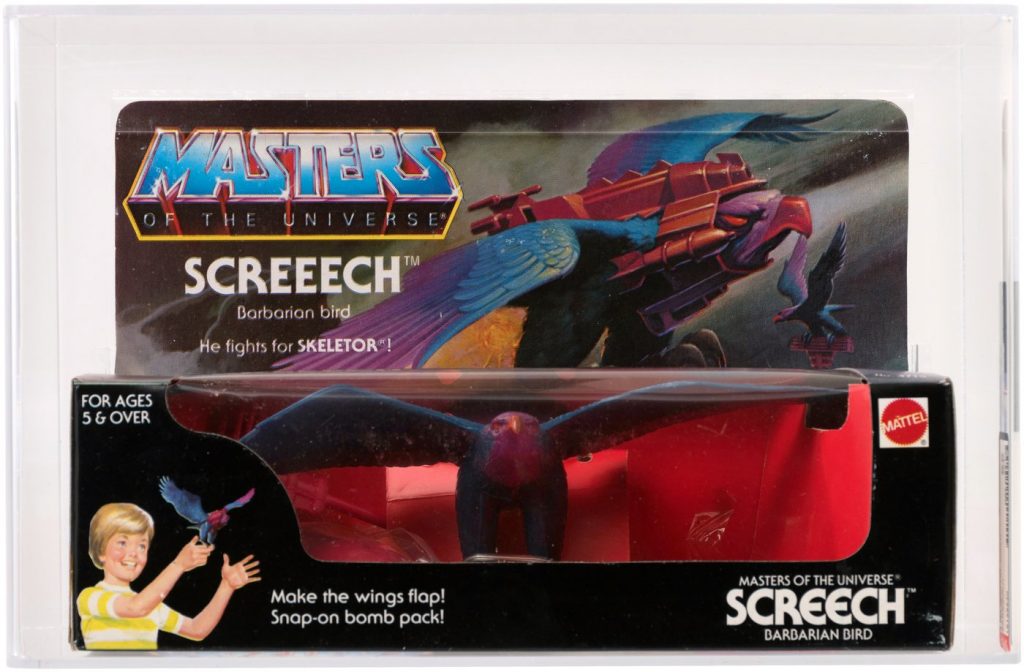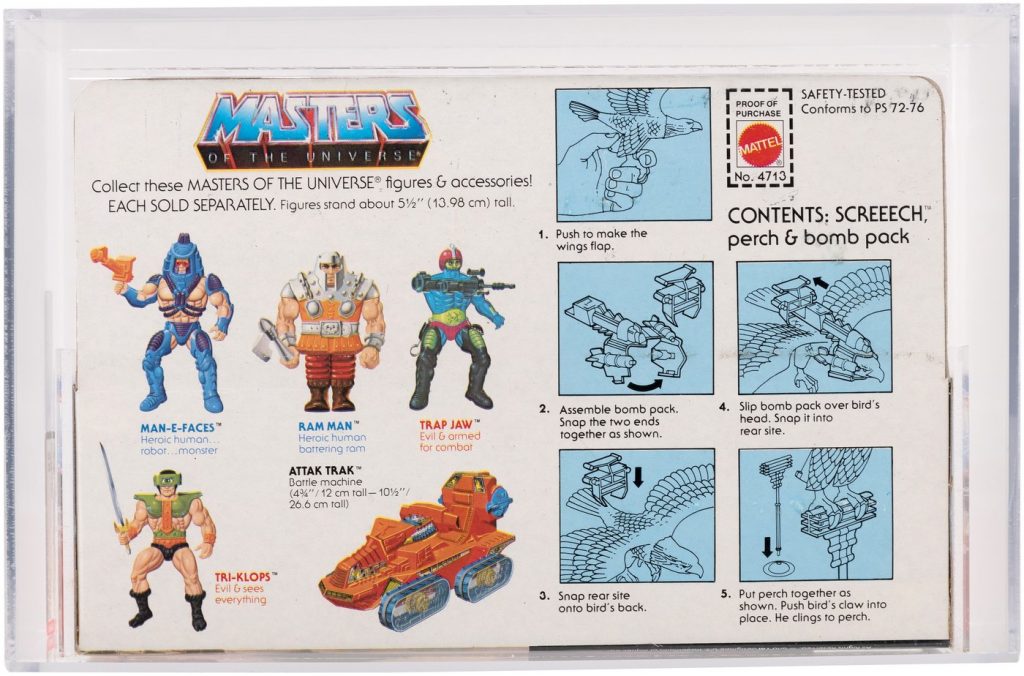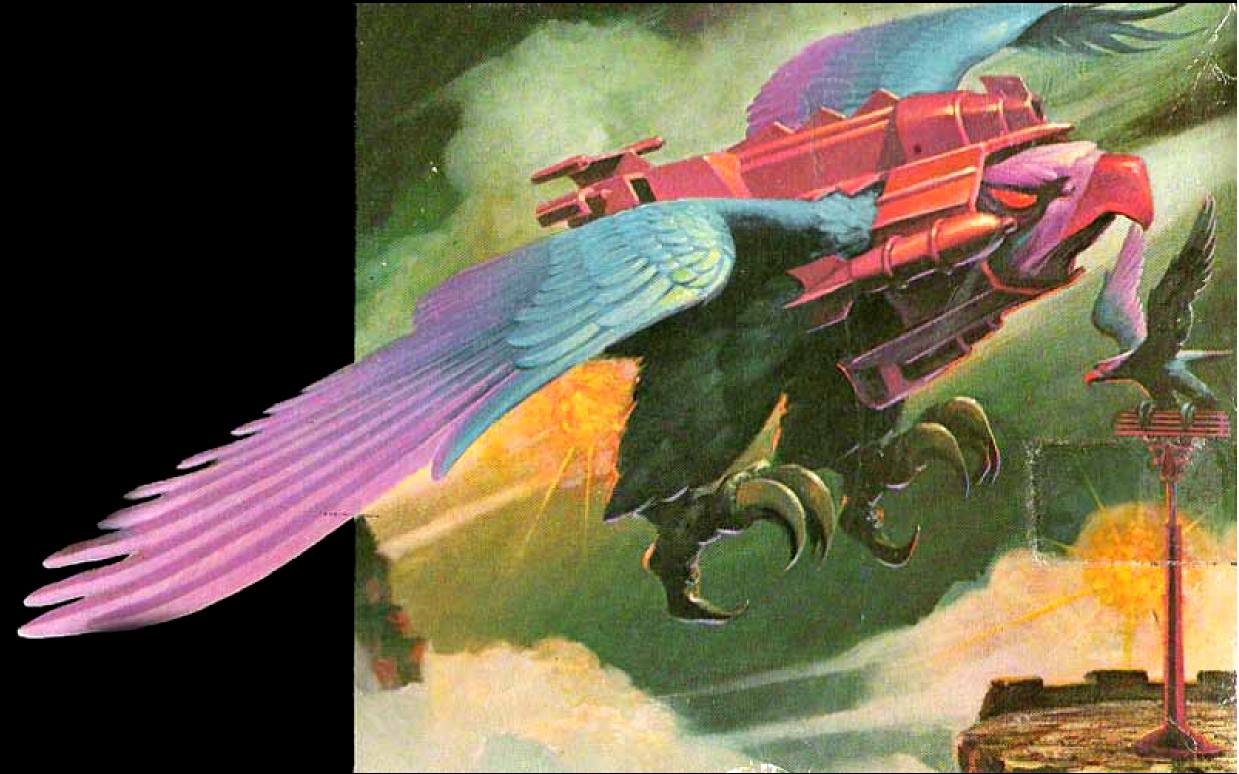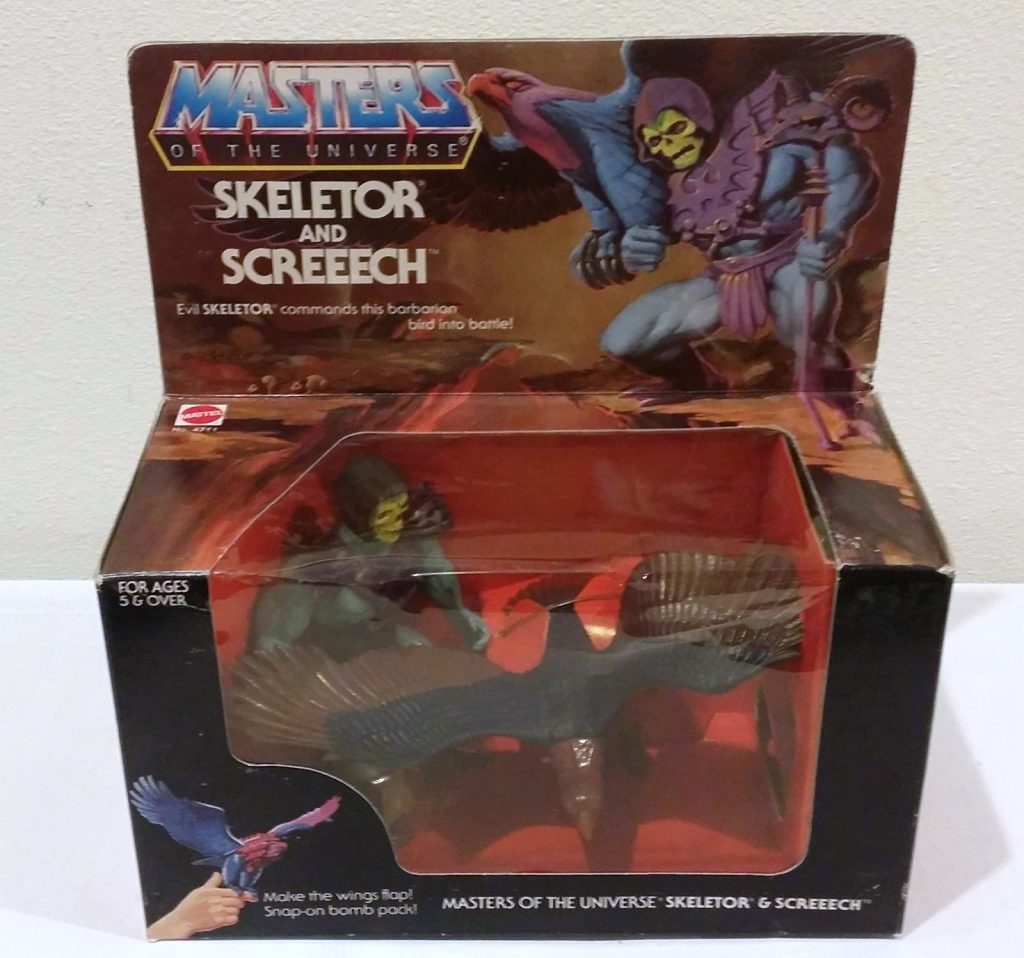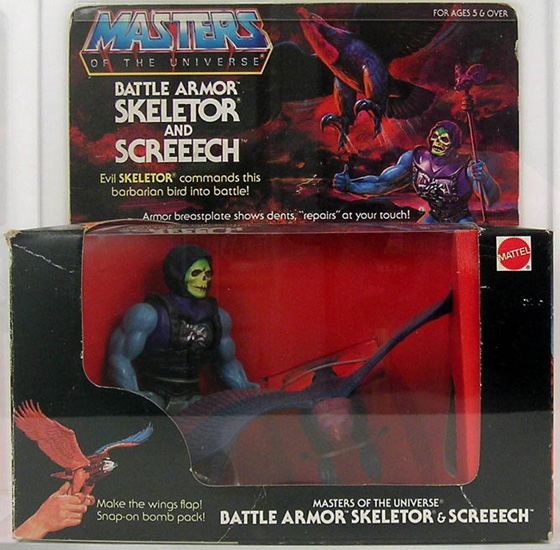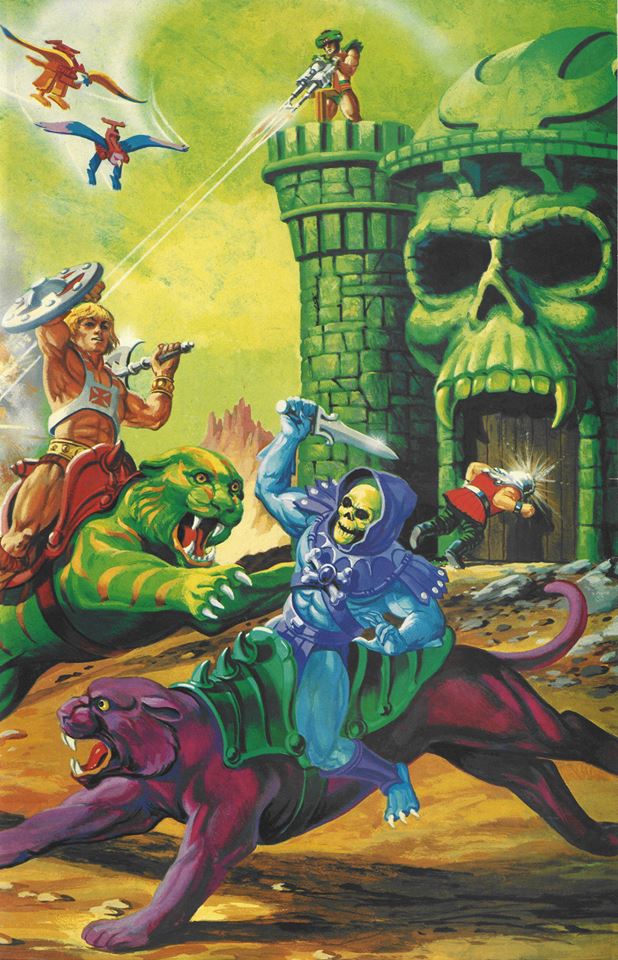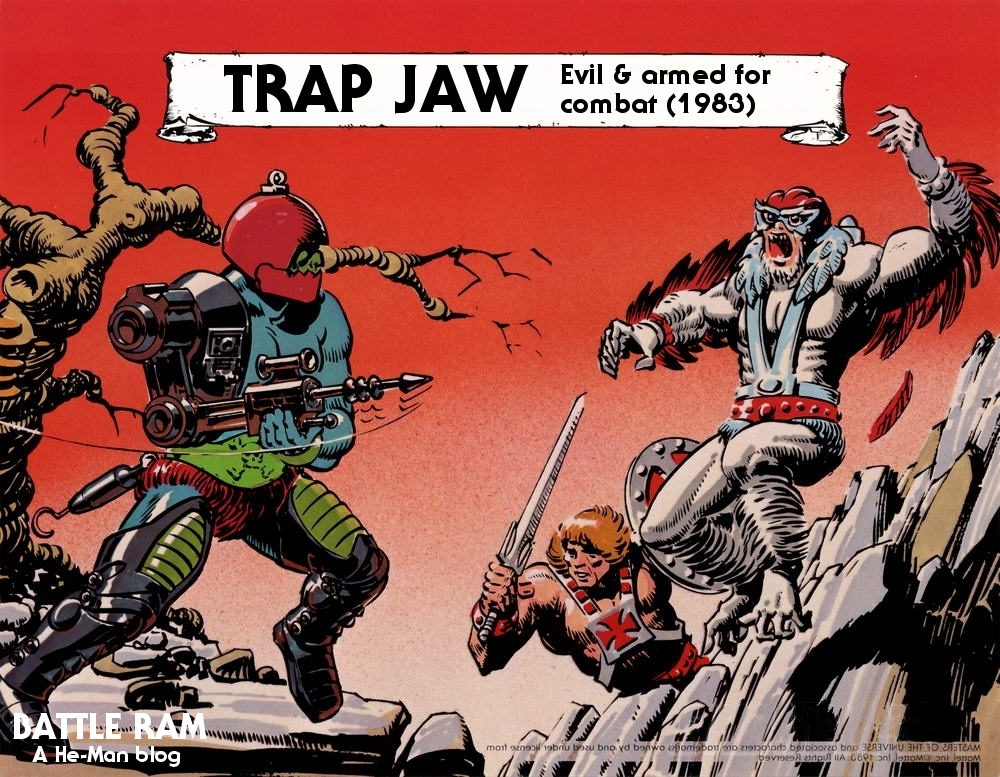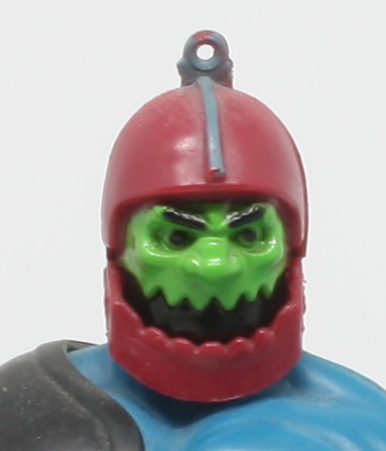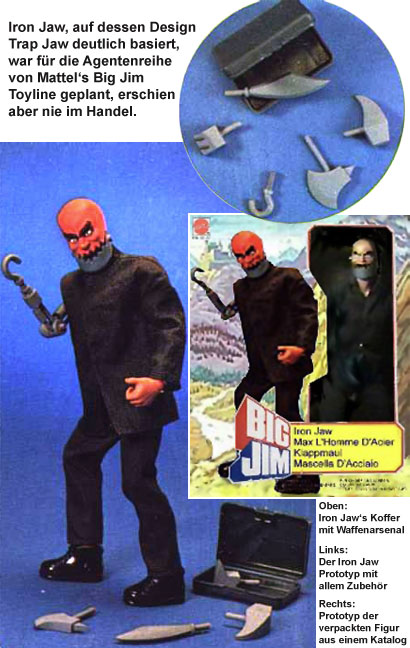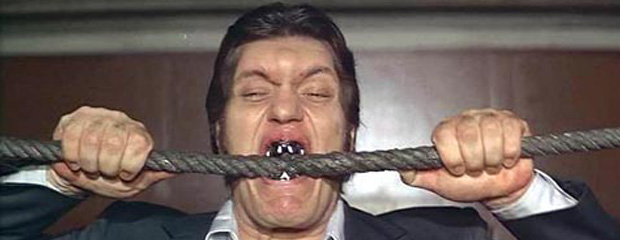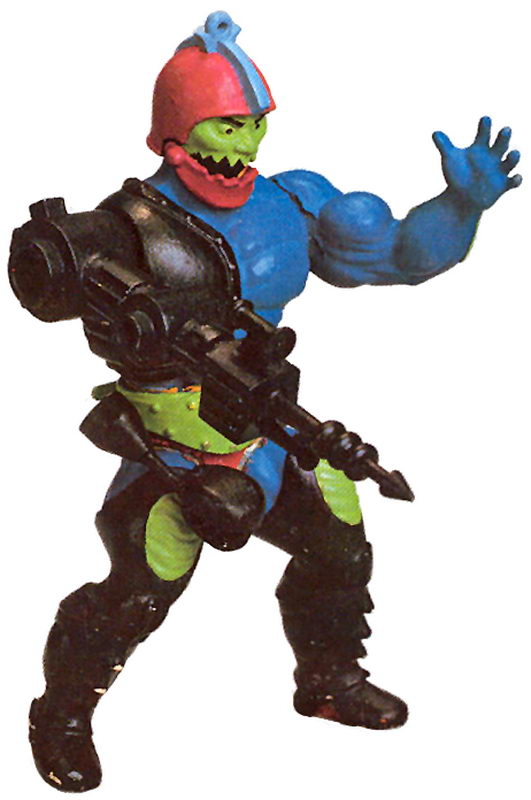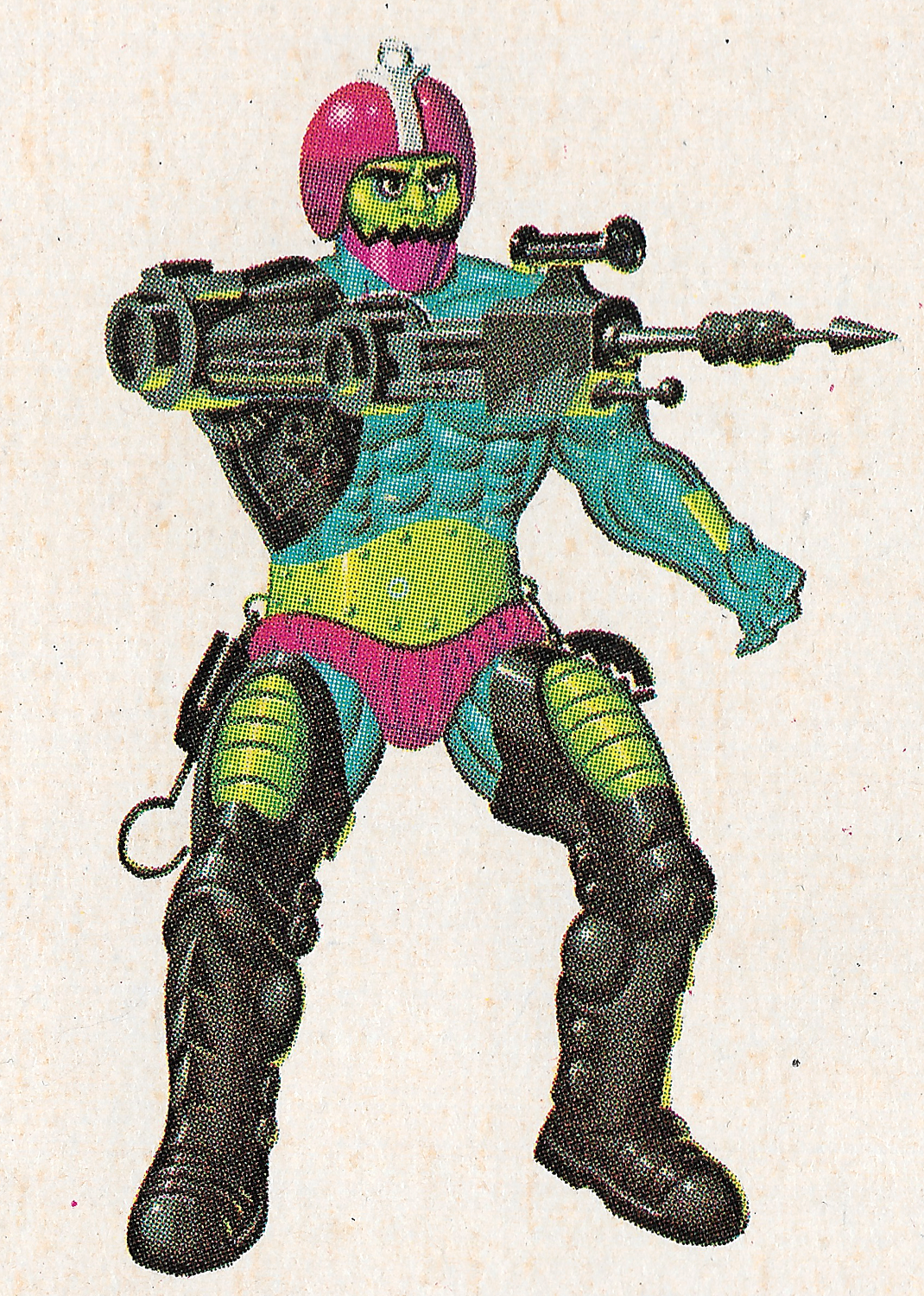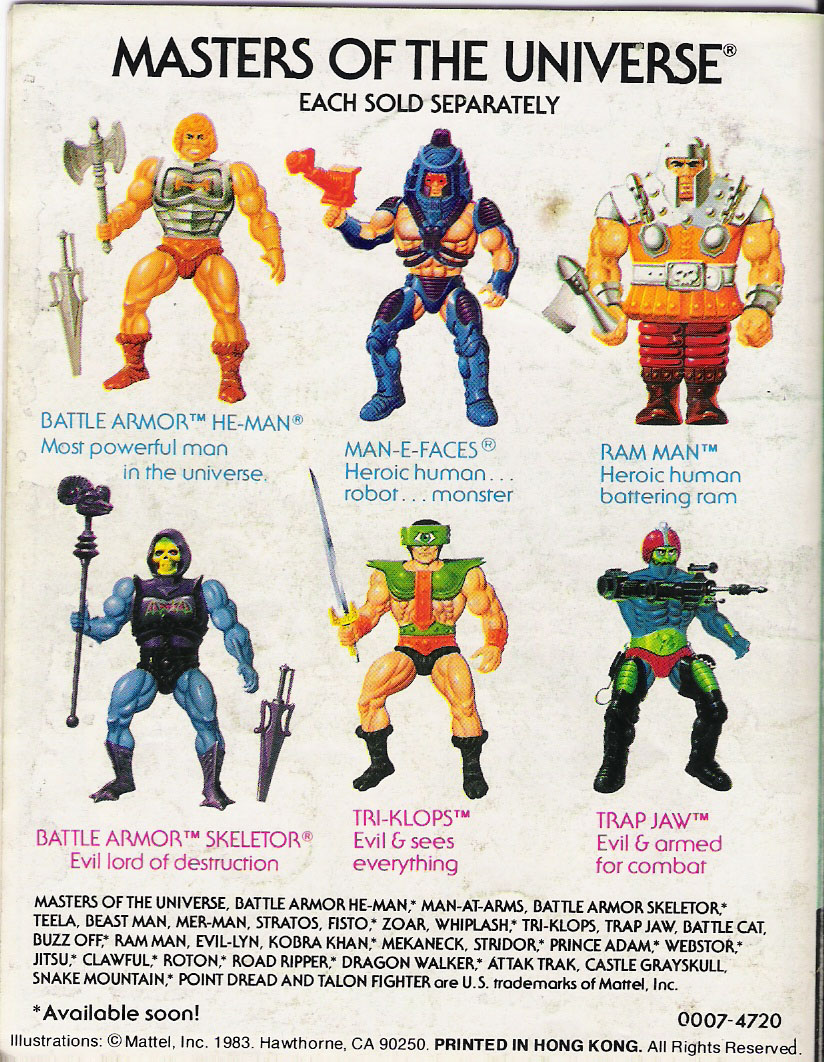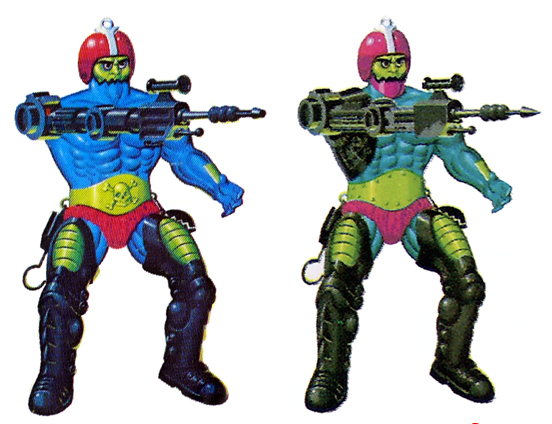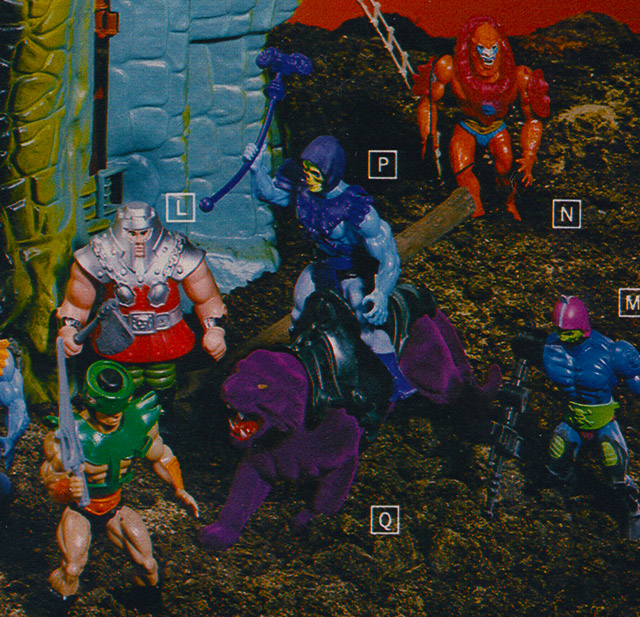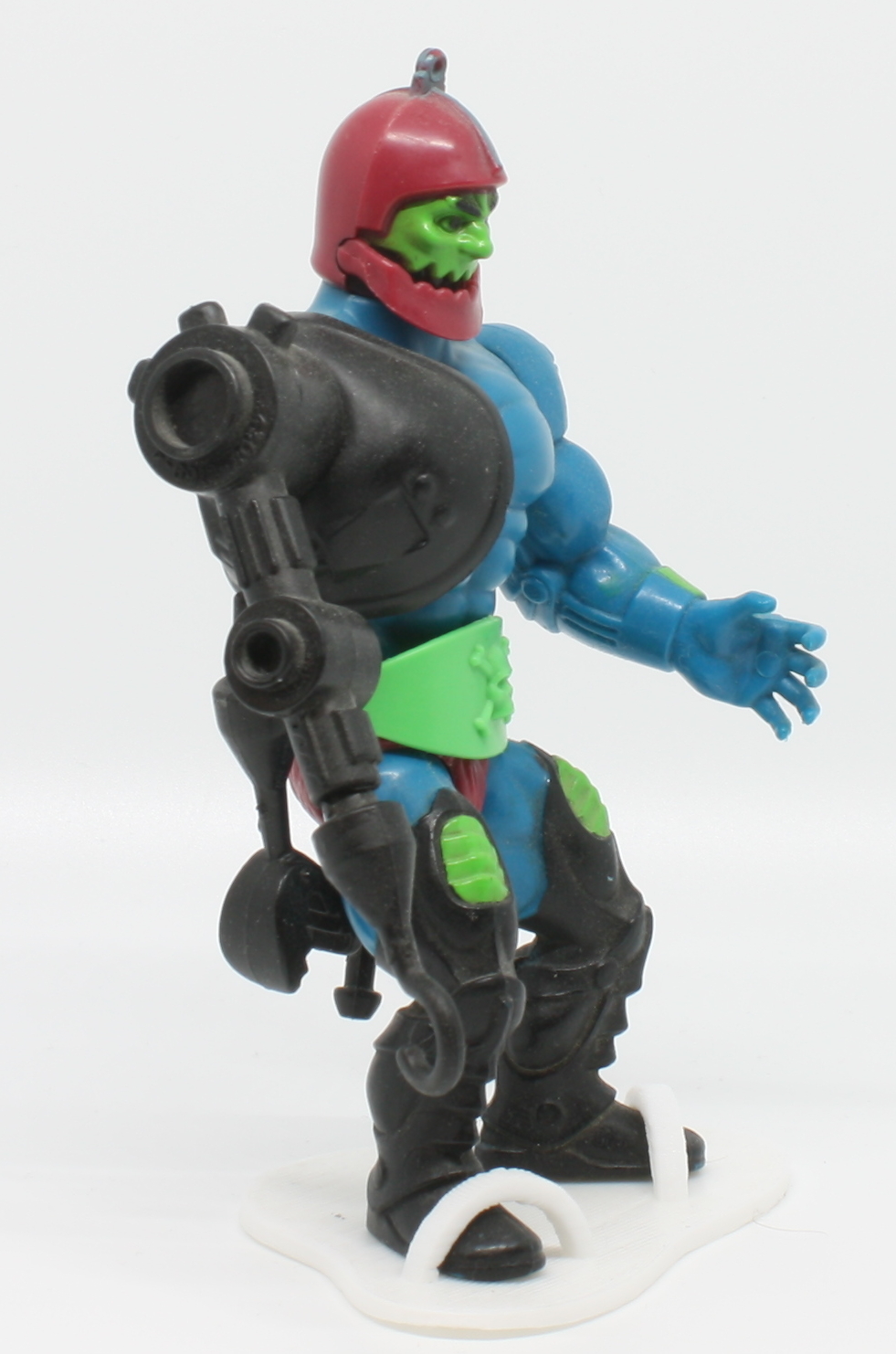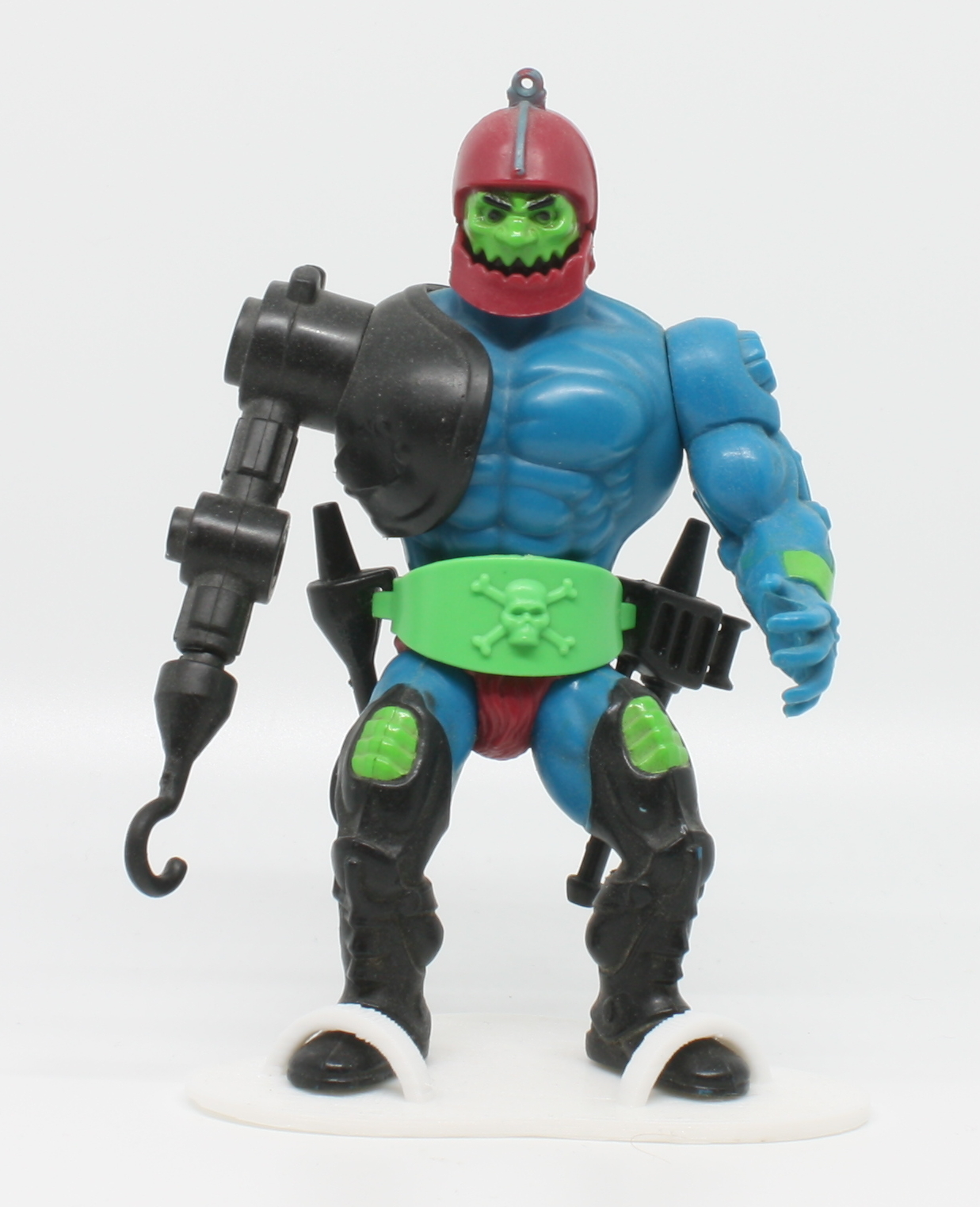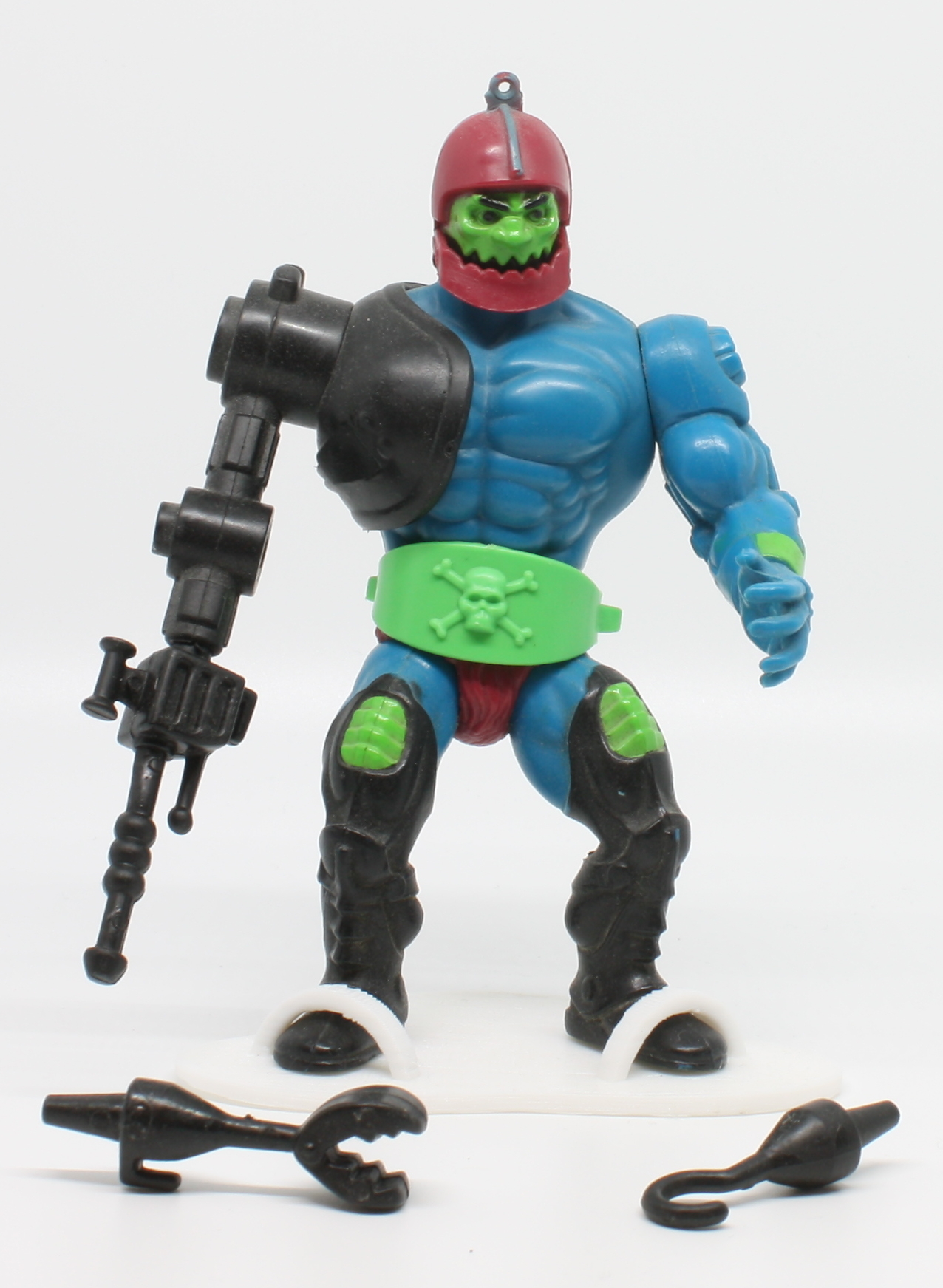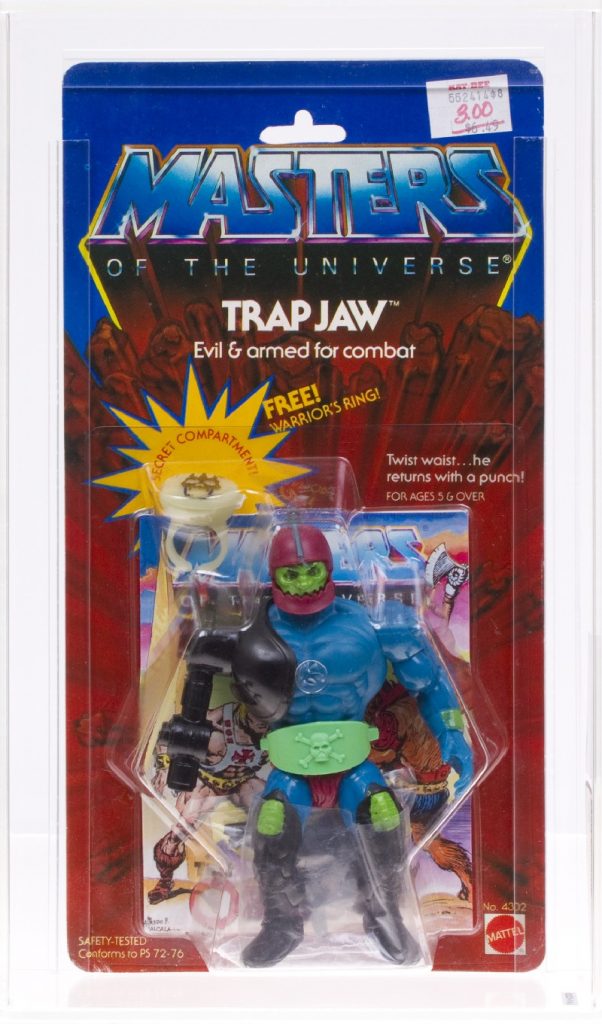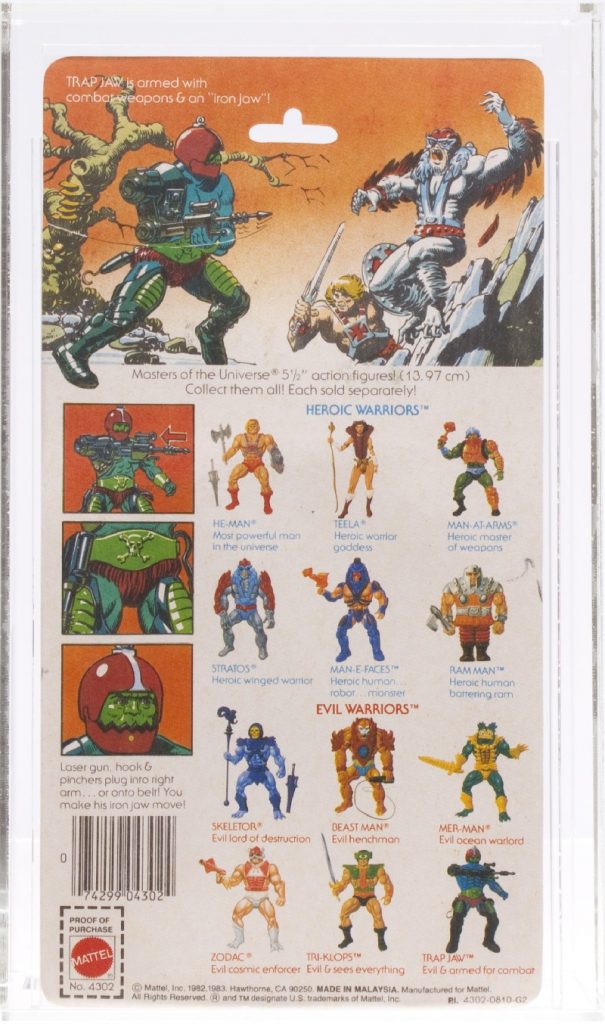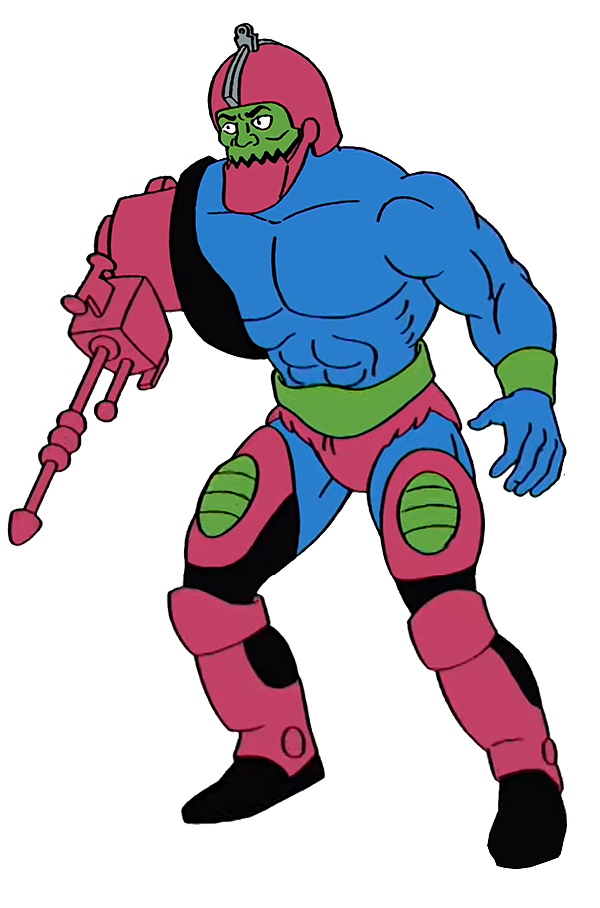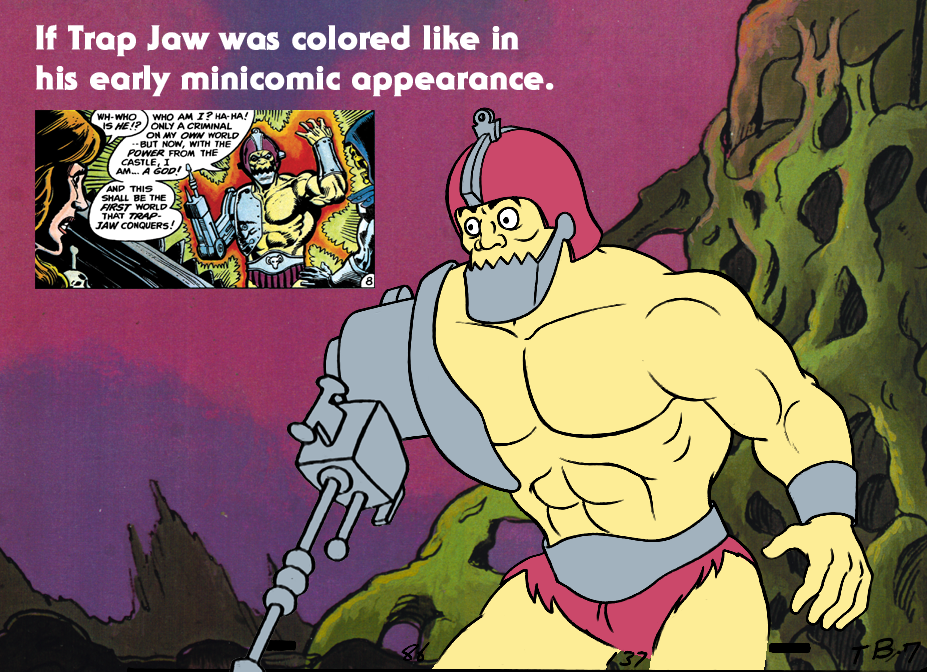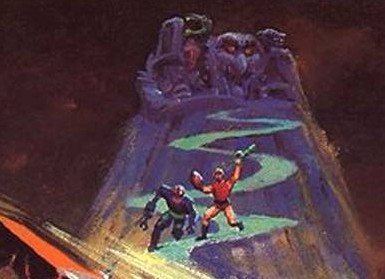
Of all of the He-Man toys I got when I was young, Orko was perhaps the most disappointing to me at the time. I had no interest in him at all. Like many fans, I was introduced to He-Man through the first wave of toys and mini comics. While I loved the Filmation He-Man cartoon (which debuted in September of 1983) as a kid, I never gelled with Orko. To me he represented a softening of the brand to something silly instead of awesome. He-Man to me was about axe-wielding barbarian dudes fighting skeletons and monsters. Orko didn’t fit with that image for me.
That’s not exactly how I feel about the matter as an adult. While my preferred vision will always be the world of the early mini comics and story books, I have a great deal of affection for the little Trollan wizard.
In any case, I received both Orko and Prince Adam as birthday presents in 1984. I wouldn’t have chosen either of them had I been consulted. I had similar problems with Prince Adam and was always wanting the cartoon to get to the “good part” where the weak Prince Adam would be replaced by the hero, He-Man. But, on some level I was still happy to get anything He-Man related, and Orko came with a fun action feature and some interesting goodies (more on those later).
Filmation writer Robby London is credited as the creator of Orko, according to fellow He-Man writer Rowby Goren (in a facebook post Aug. 31st, 2021).
Orko makes his first appearance in the December 1, 1982 MOTU Bible, written by Michael Halperin. His original name was Gorpo, and he was described this way:
GORPO* – a tiny, mystical alien who dropped in quite unexpectedly from another dimension and made himself at home in the royal palace. Gorpo doesn’t usually walk, instead he floats a couple of feet off the ground. His amusing tricks and quick wit entertained the king and queen who decreed the alien to be the official Magical Jester-in-Residence. Unfortunately, Gorpo’s magic doesn’t always work as well as it should. Gorpo has a hard enough time just pulling a rabbit from a helmet or making an egg materialize. The rabbit inevitably gets loose and sends Cringer up a tree. And the egg may materialize in Man-At-Arms’ pocket — broken. Because he’s always popping up at odd place, Gorpo discovers Adam’s other persona and is sworn to loyal secrecy by the Sorceress.
Fans of the Filmation He-Man cartoon will recognize this description of Orko instantly, because that is exactly how he is portrayed in the series.
Gorpo shows up again in the 1984 UK Masters of the Universe Annual. Despite its relatively late date, the Annual obviously draws from some very early source materials, as it features pictures of early prototype figures and refers to Orko as Gorpo. In the annual we get a look at the character of Gorpo, who looks very much like the Orko fans are familiar with, except his colors are completely different. Here he is shown with a blue costume and Caucasian skin:


Gorpo’s name was changed to Orko by Filmation. Giving him an O on his chest instead of a G would allow animators to flip the art without re-drawing it all double.
While it helped with the animation pipeline for costs and time, it’s a fan myth that “they simply took an animated cel and flipped it”, as any animation cel collector will easily reveal, the animation cels were painted on the underside. So flipping an animation cel would not work.
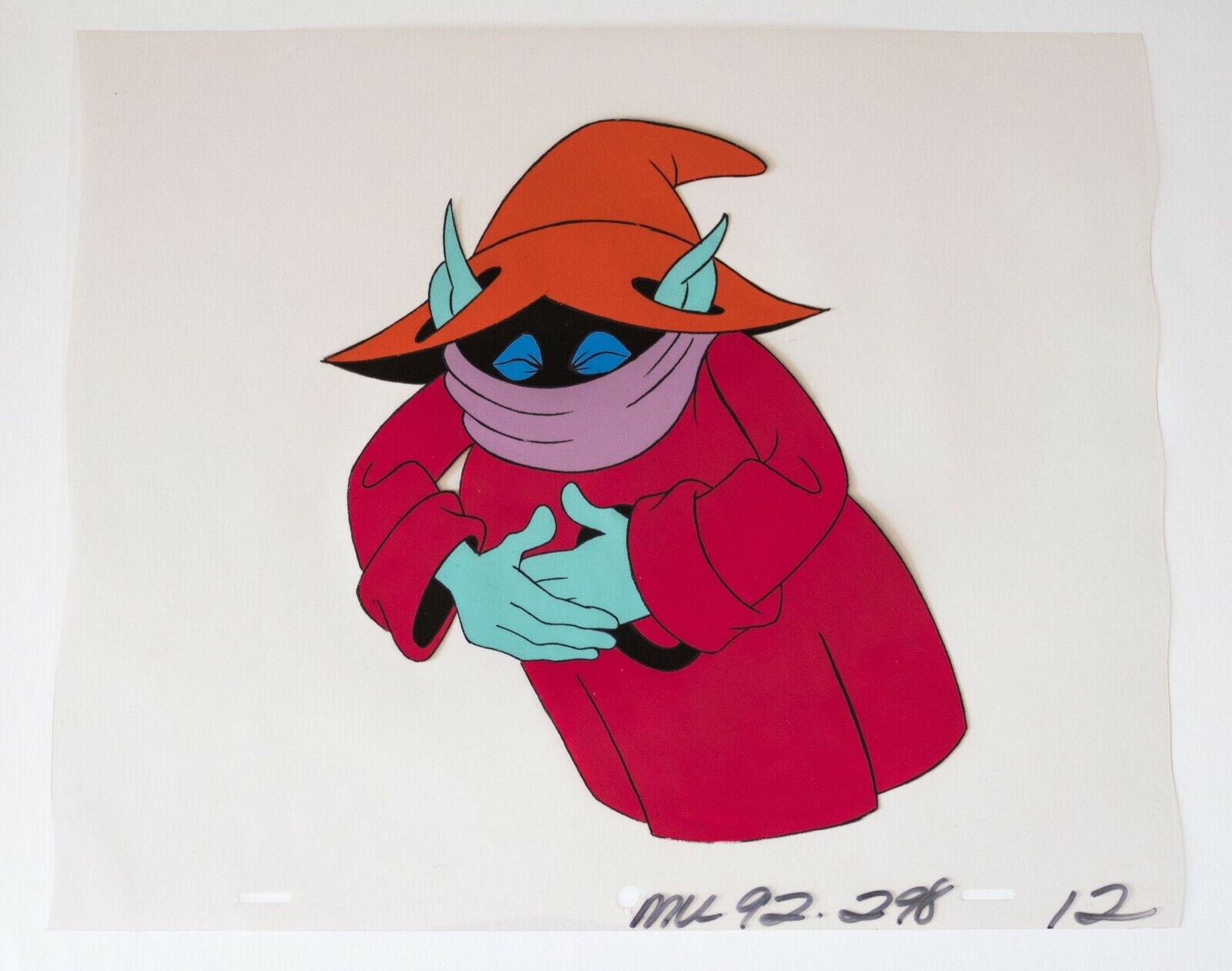
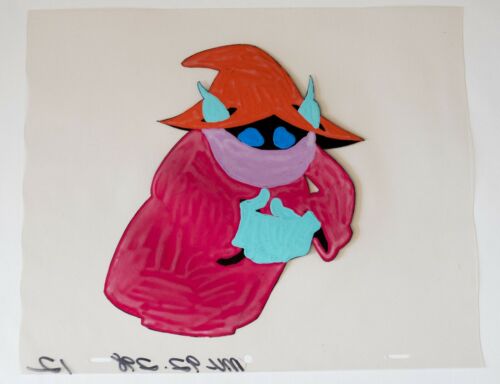
In the Filmation MOTU Series Guide, we see an intermediate step in the evolution of the character’s design. In the image below, we see Orko with the familiar magenta robe and orange hat. Notice that his skin has a grayish hue and his scarf is magenta rather than purple. He also lacks any design on the front of his robe.
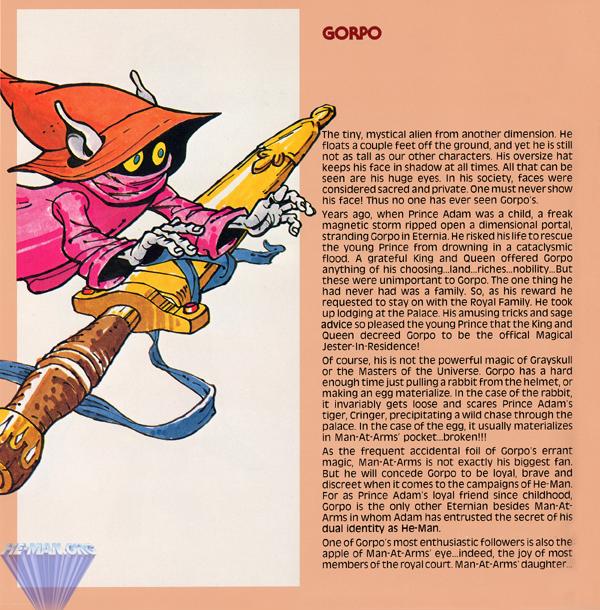
At some point in the design process at Filmation Studios, his colors were altered yet again. He was given a purple scarf, blue skin, and a black O on the front of his robe. This was his final design:

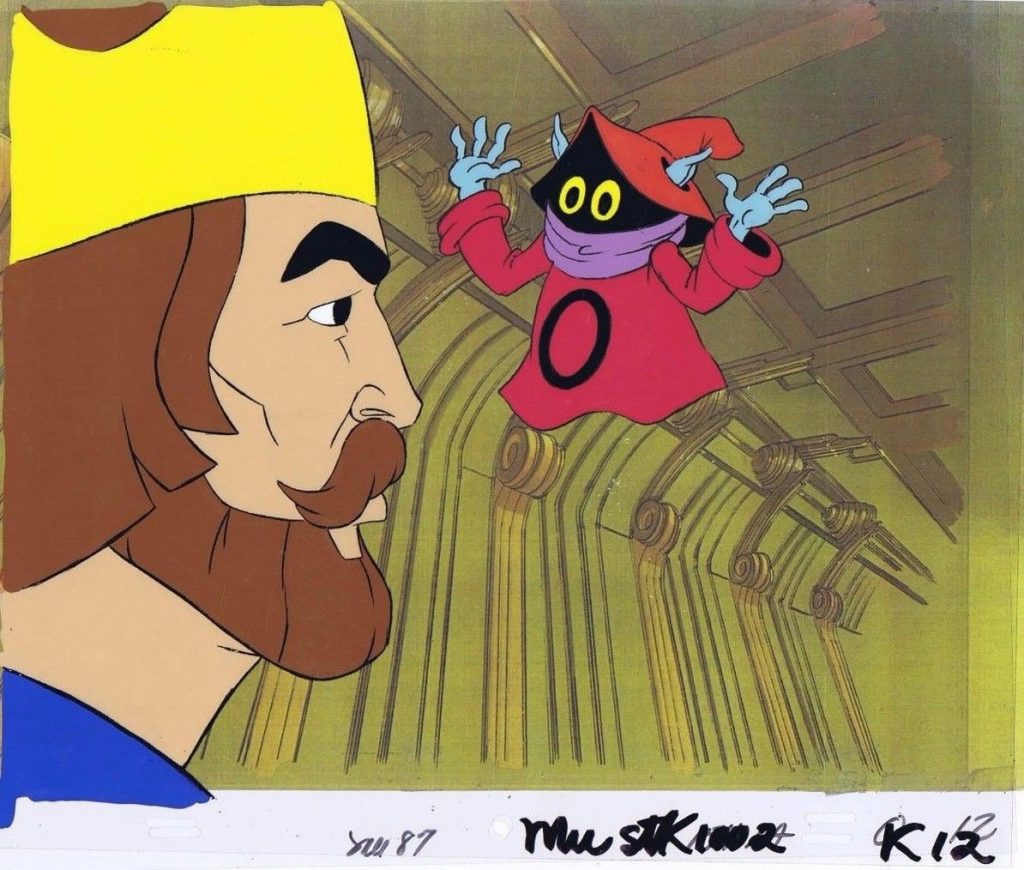
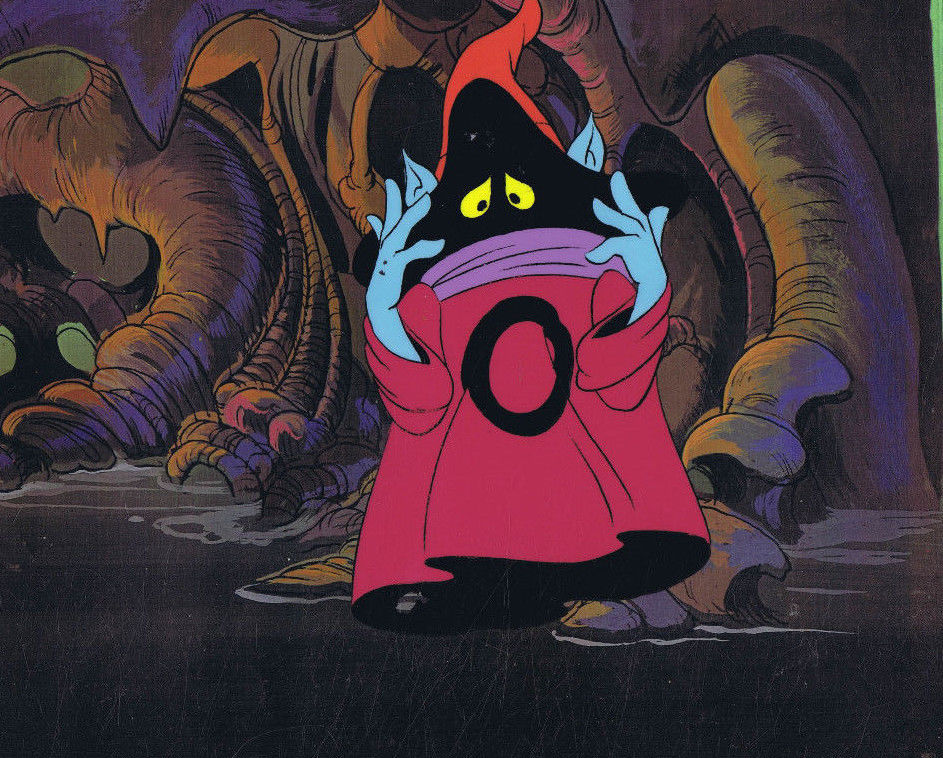
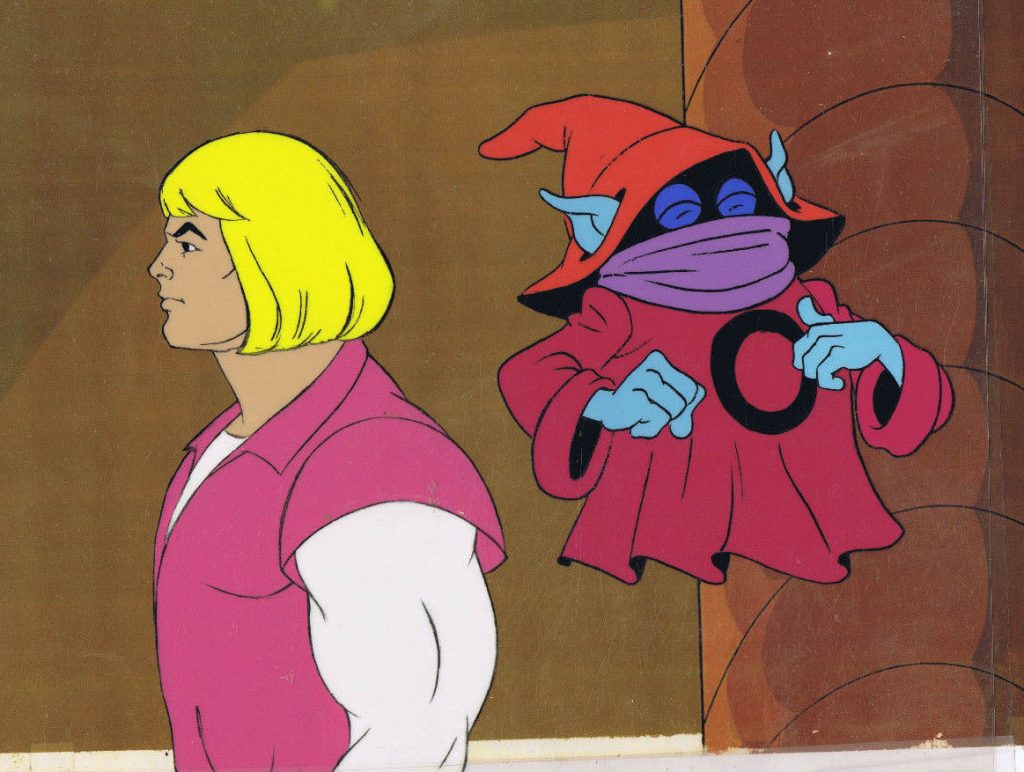

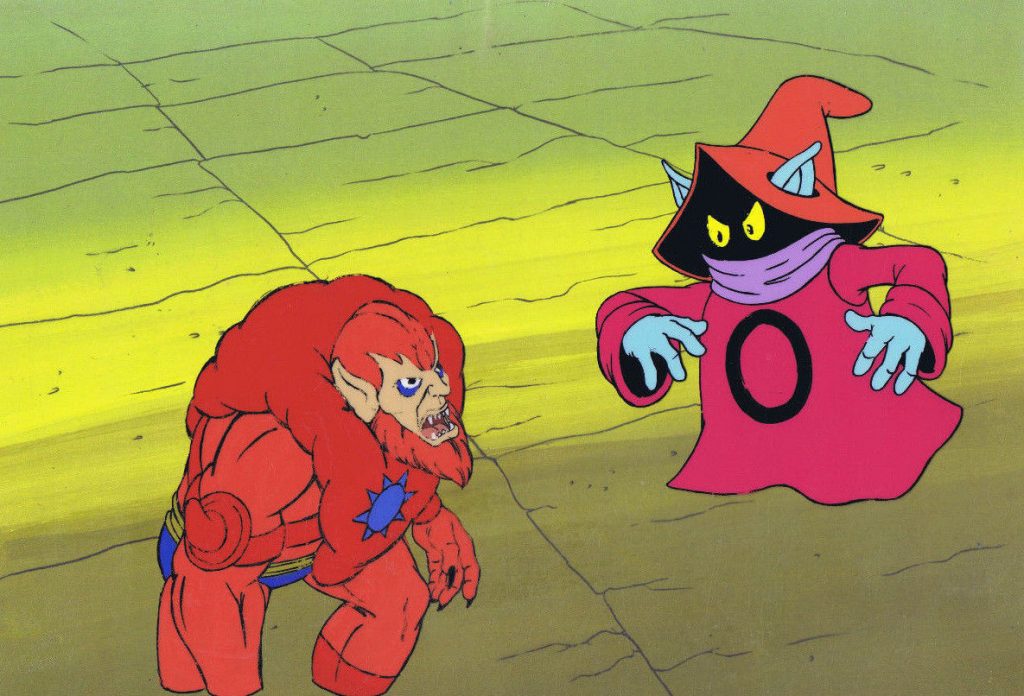
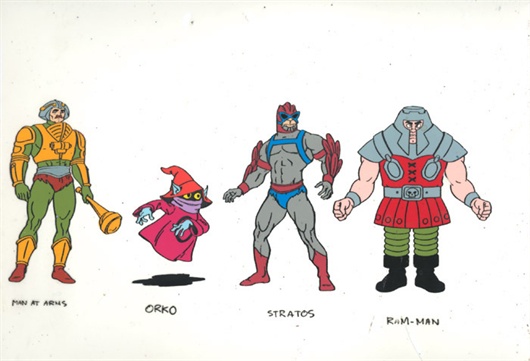
Based on the success of the Filmation cartoon series, Mattel started working on an action figure version of Orko in 1983. The earliest prototype looks rather crude, but it gets the general idea across. It seems to be made from clay and felt, with a conical body. Notice he has pink hands, orange ears, and a pink scarf.

A second, more polished prototype appears in the 1984 Mattel Toys Dealer Catalog. This one looks quite similar to the final toy, except his hat is a bit cruder, his right hand is angled differently, and the “O” on his robe is more oblong. His ears and hands are still orange and pink, respectively, but his scarf is now purple.
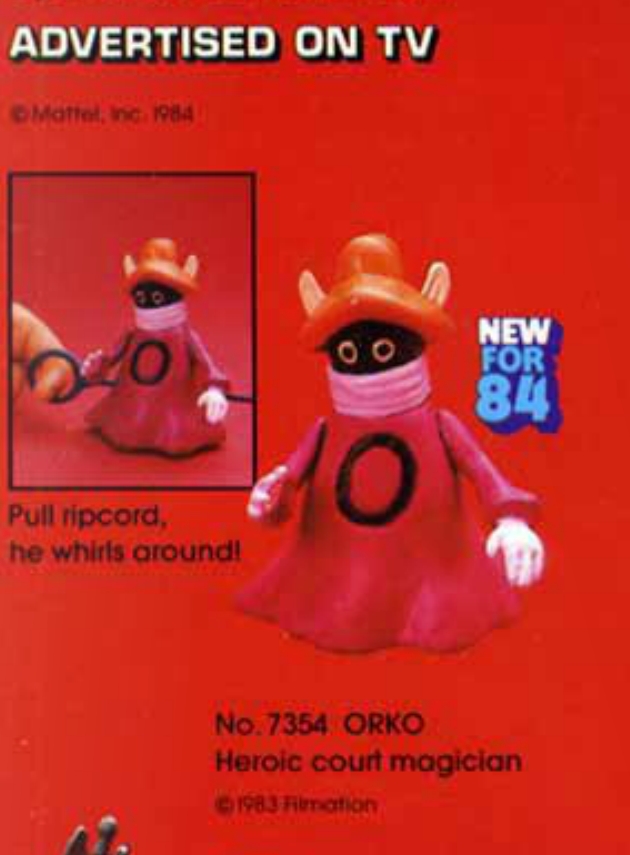
The cross sell artwork for Orko seems to be a hybrid of the above prototype and the final toy:
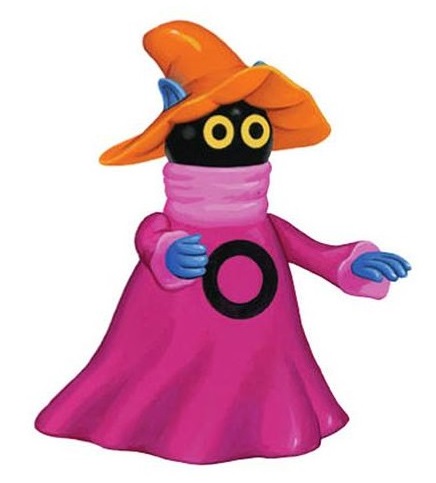

A different version of the cross sell art was used in the Brazilian Estrela packaging:

Orko was given a rather fun action feature. The included ripcord could be used to spin a small metal rod on the bottom of the figure, causing him to “run” around in circles.
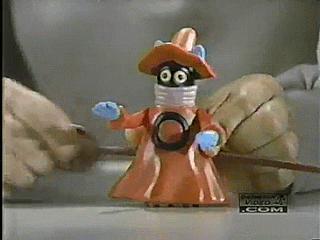
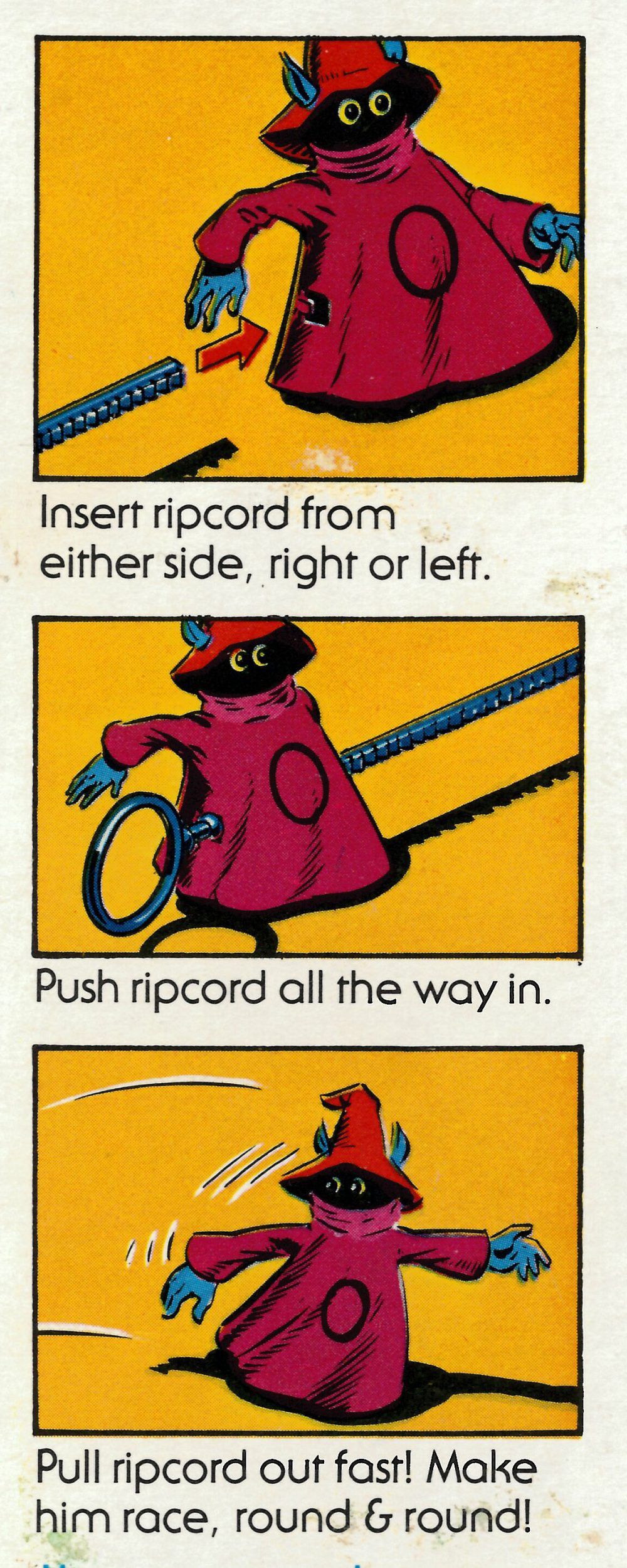
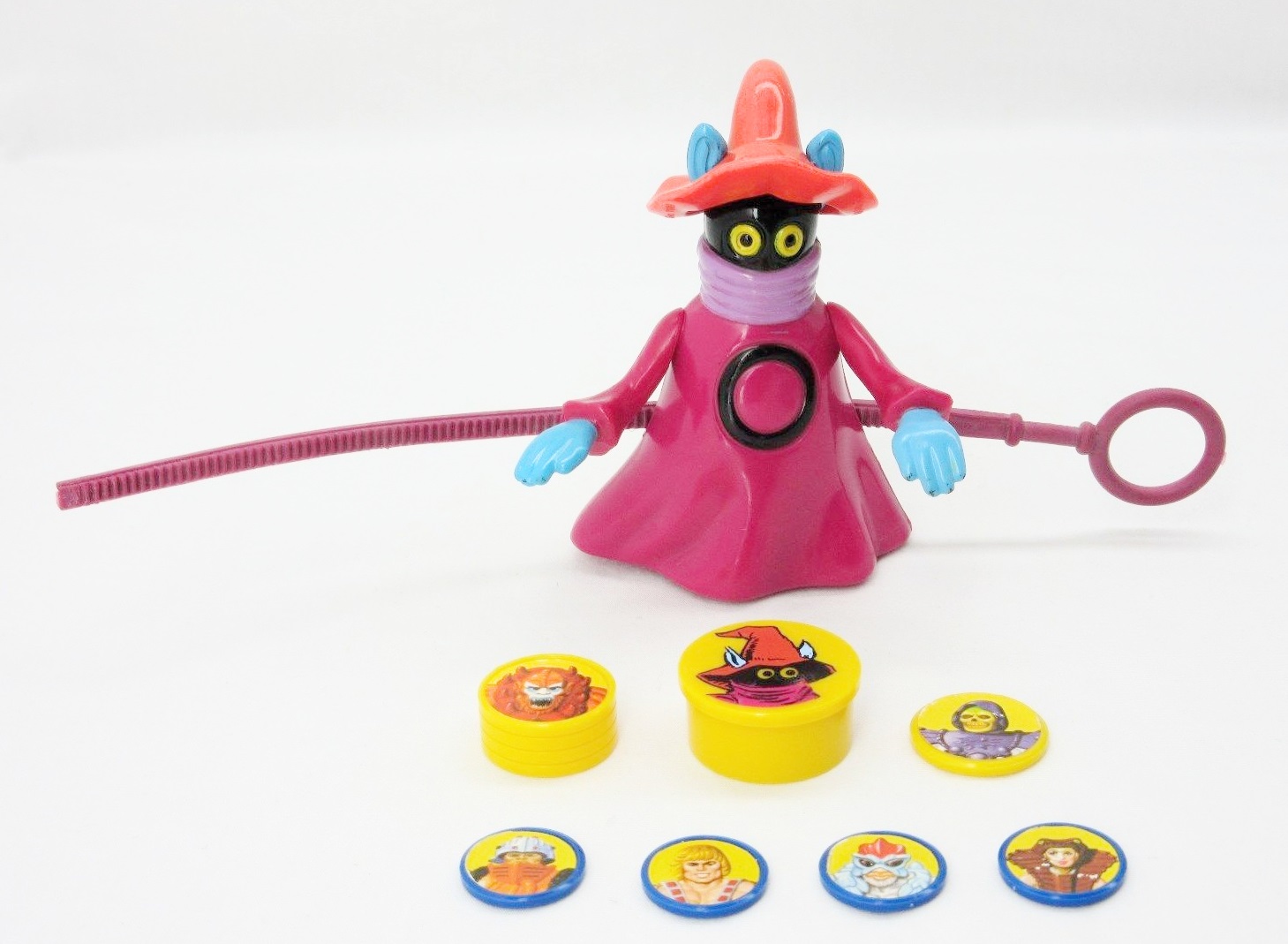


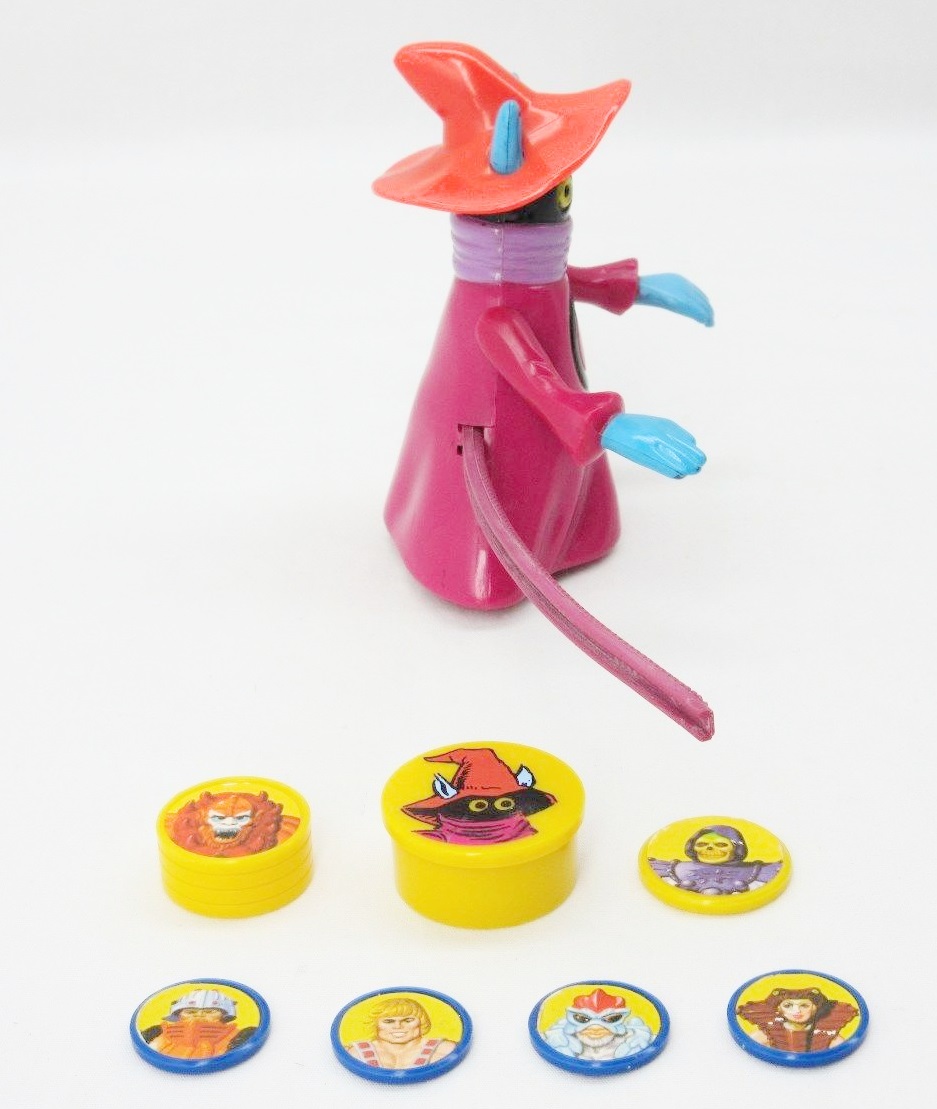


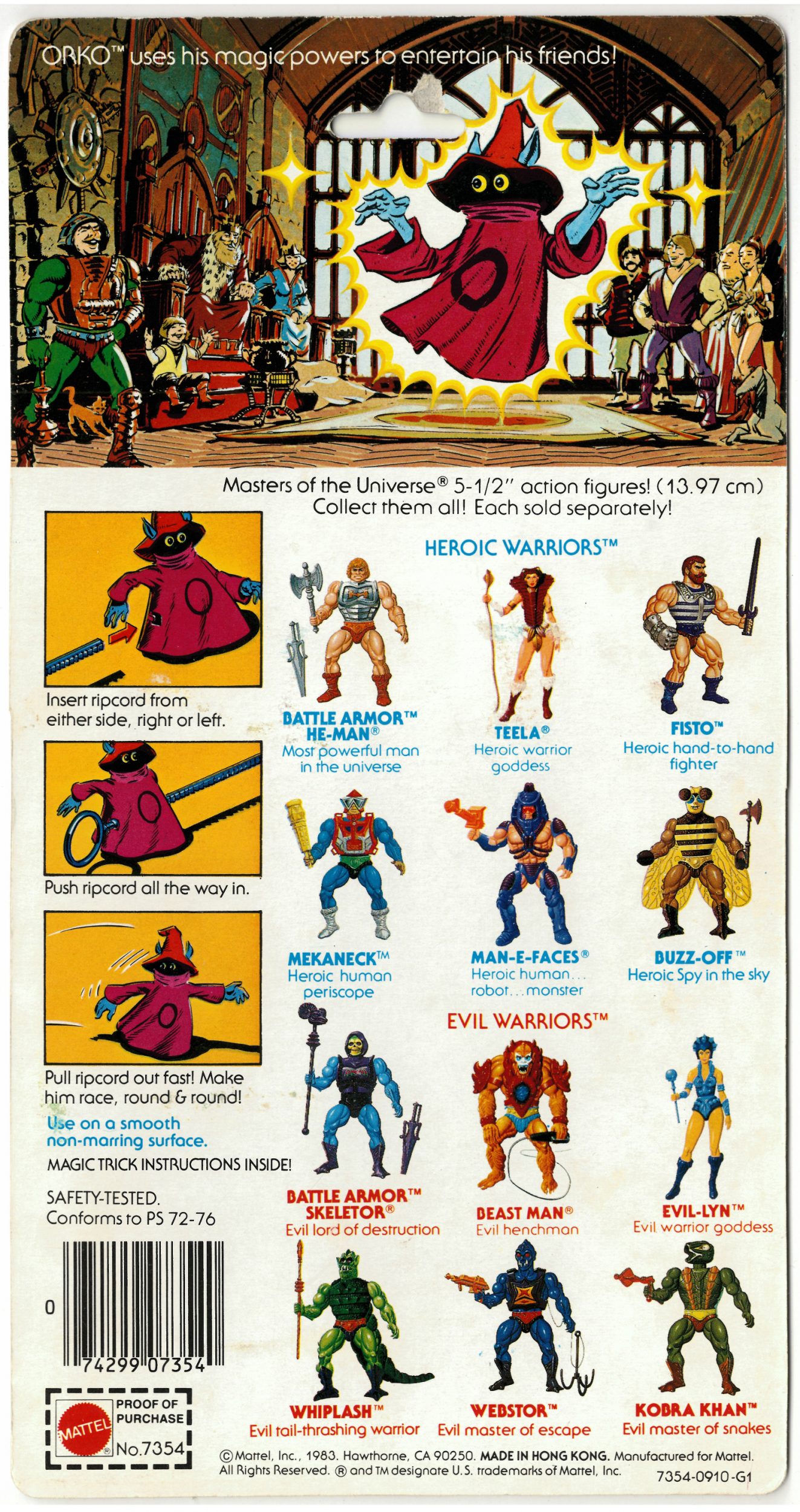
Orko also came with a magic trick consisting of plastic coins with pictures of evil and heroic warriors. You were supposed to be able to cover the coins with a plastic implement and “replace” the evil coins with heroic ones. I could never get it to work, which I suppose is fitting given that Orko’s magic never seemed to work quite right for him.

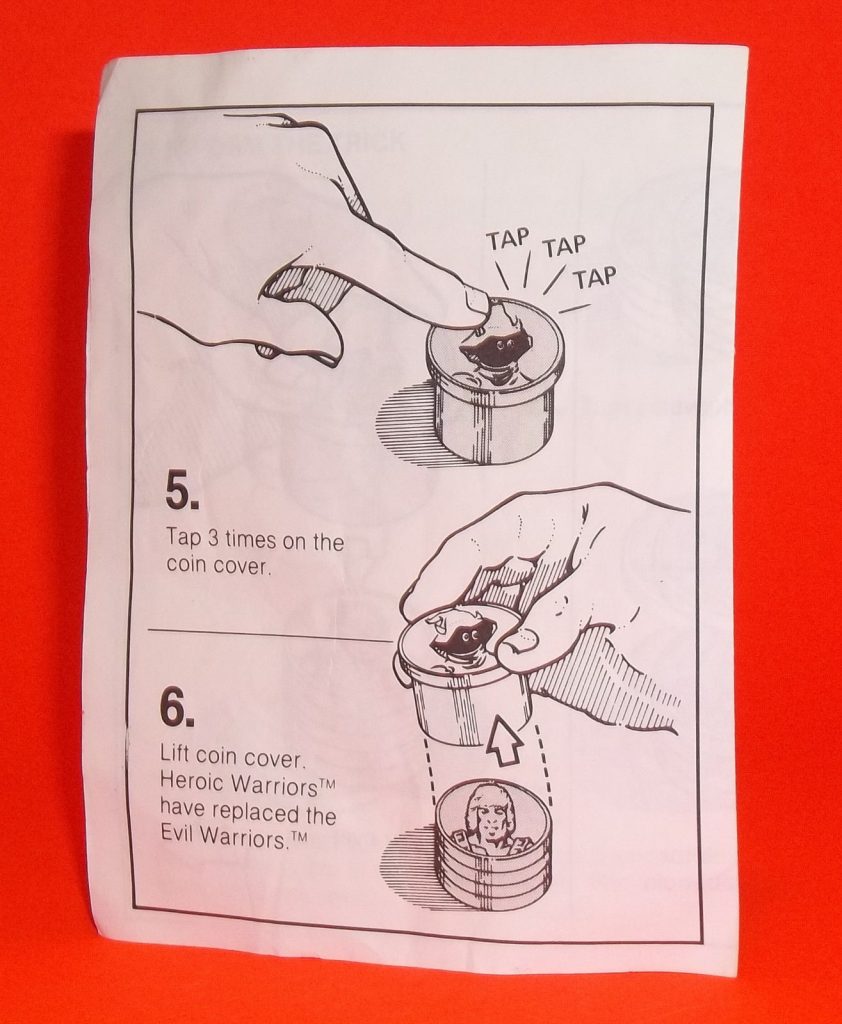
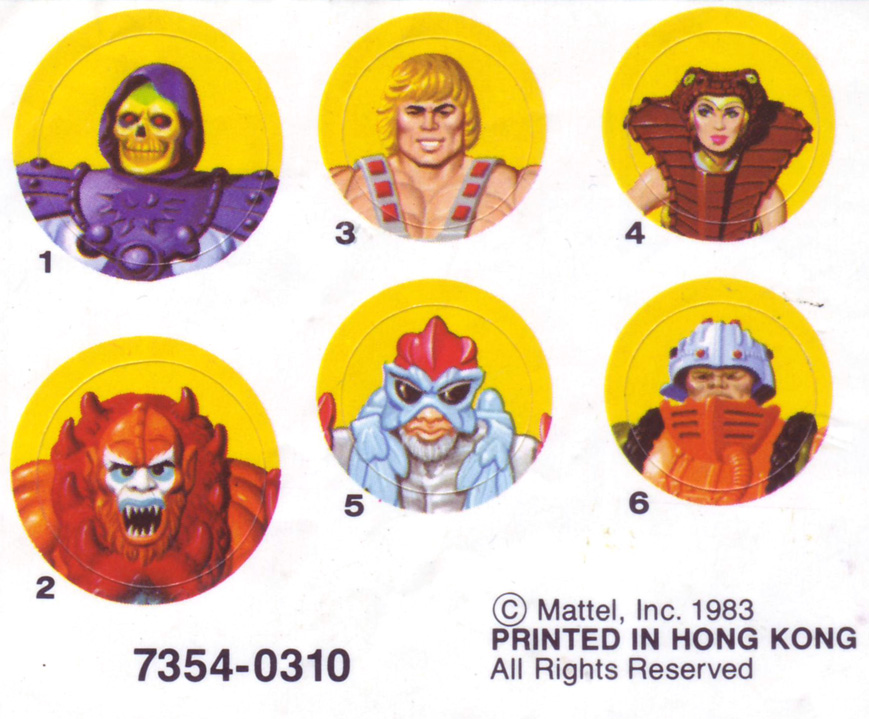
Unlike every other figure the vintage MOTU series, Orko was stamped with a Filmation copyright rather than a Mattel copyright. I assume that means Filmation retained rights to the character they created, and Mattel had to pay licensing fees.

Orko’s hat was removable, but given that his face was supposed to be in the shadows of his hat, he never quite looked right without it.

Orko showed up in the following gift sets:
- Prince Adam/Orko
- Battle Armor Skeletor/Orko/Battle Armor He-Man
- Thunder Punch He-Man/Orko
Errol McCarthy created the scene on the back of Orko’s card, and illustrated quite a few other pieces starring or featuring the character:

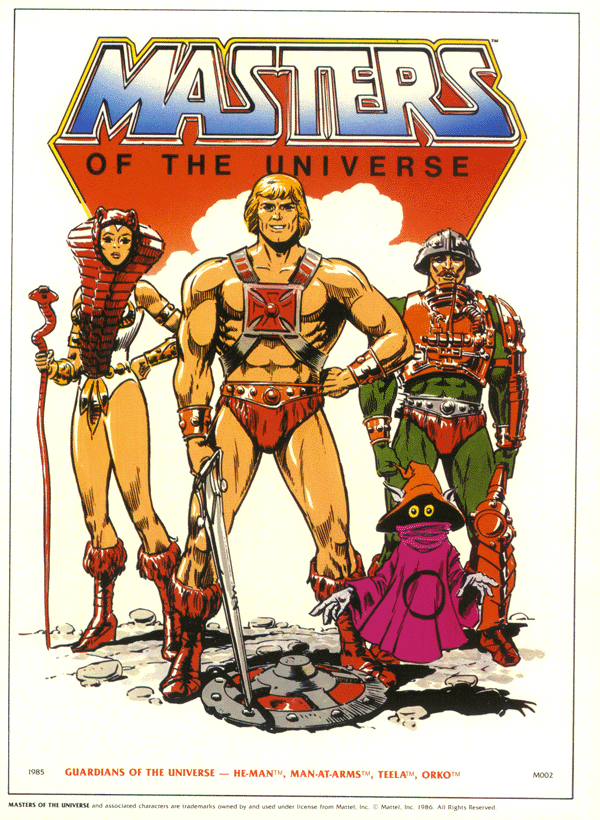

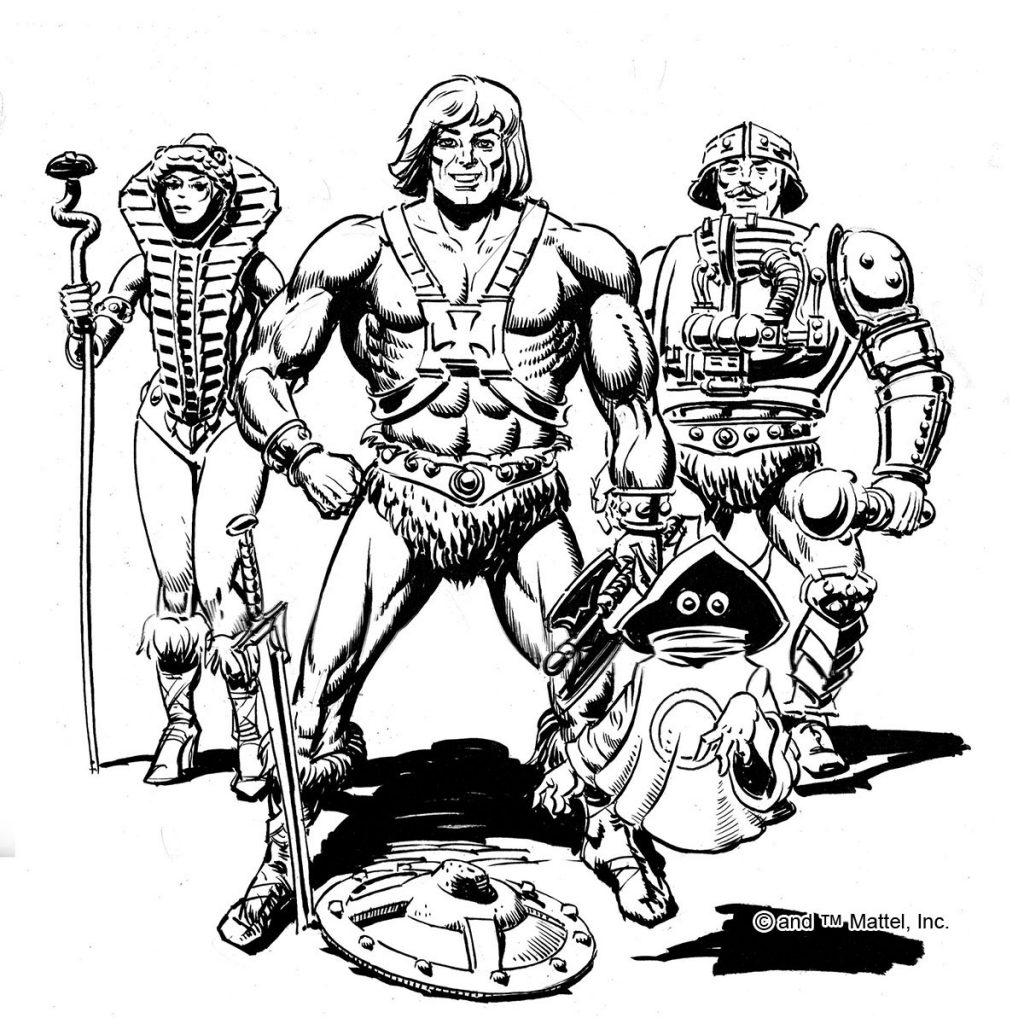


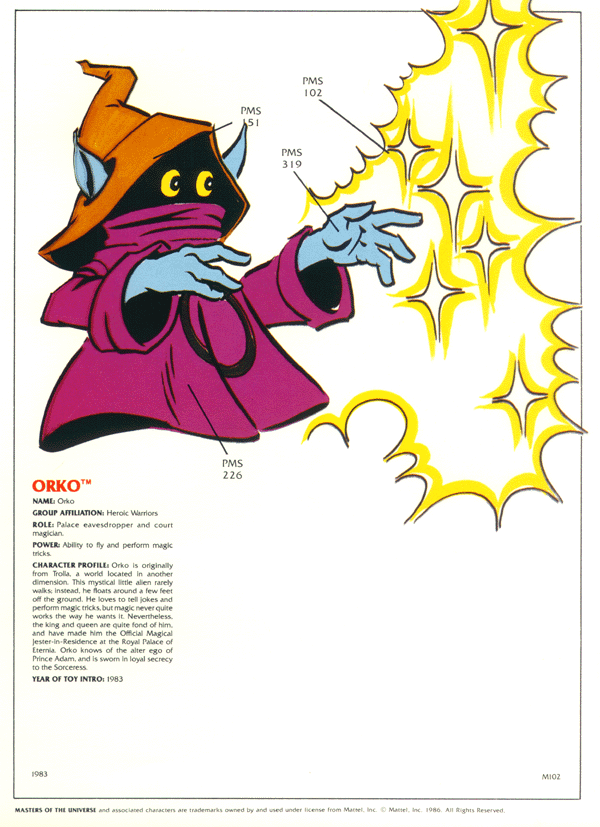
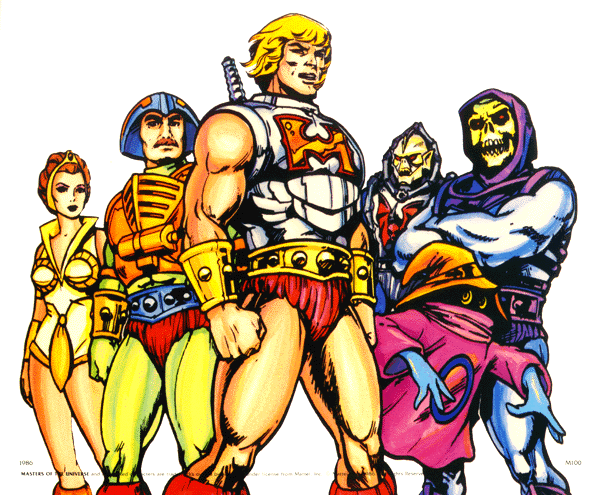
Orko was a nearly ubiquitous presence in the Filmation He-Man cartoon. Voiced by the late, great Lou Scheimer, Orko played a couple of roles in the series. He was the traditional “fool” character, often getting the heroes into scrapes by acting impetuously. He also played the role of the child in the series, with Man-At-Arms as his surrogate parent. (I first heard this analysis articulated by Emiliano Santalucia on the Roast Gooble Dinner podcast.)
Throughout the series, Man-At-Arms often tells Orko to do things like clean his room and do his chores, and it is Man-At-Arms who metes out punishments when Orko misbehaves. I think Orko was created as a character that children could relate to, but personally I related most to He-Man.

In the third or fourth act of many stories in the series, however, Orko also played a pivotal role in turning the tide against the villains. In Orko’s Return, the little wizard is kidnapped by Beast Man and Trap Jaw, who have secured a magic amulet. With it, they are able to create for themselves a magical fortress, and force Orko to obey their words exactly. Orko takes advantage of their inexact language to thwart many of their plans by giving them what they asked for but did not want.
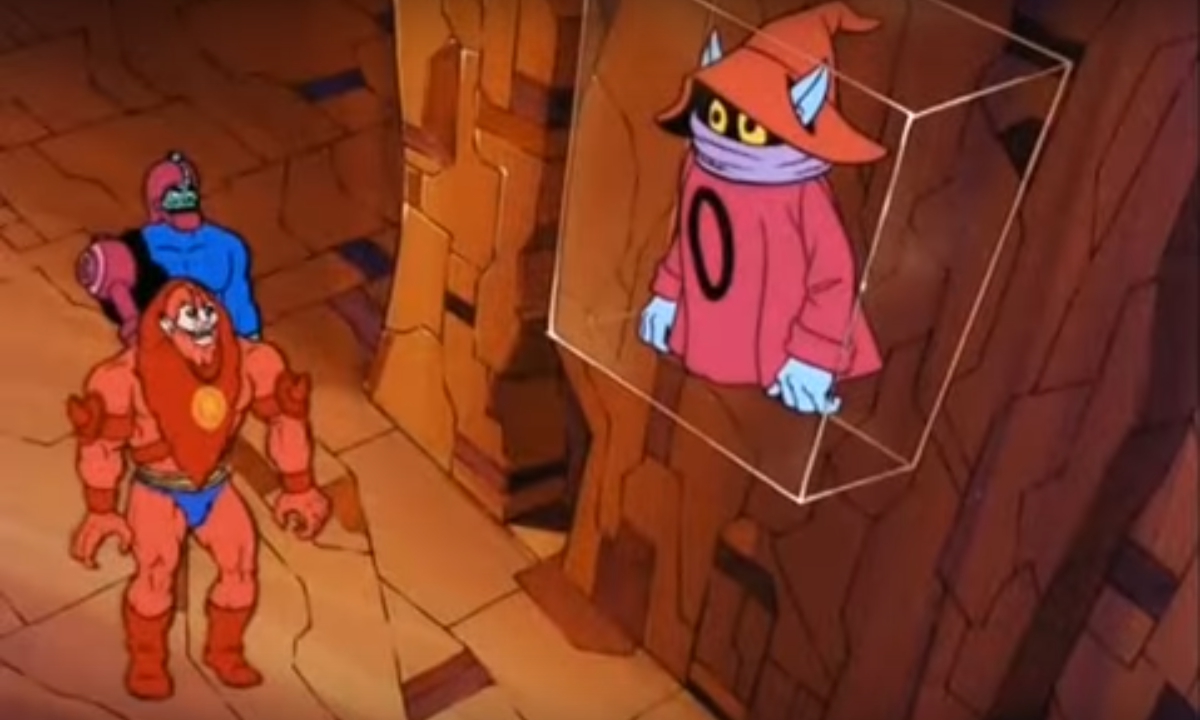
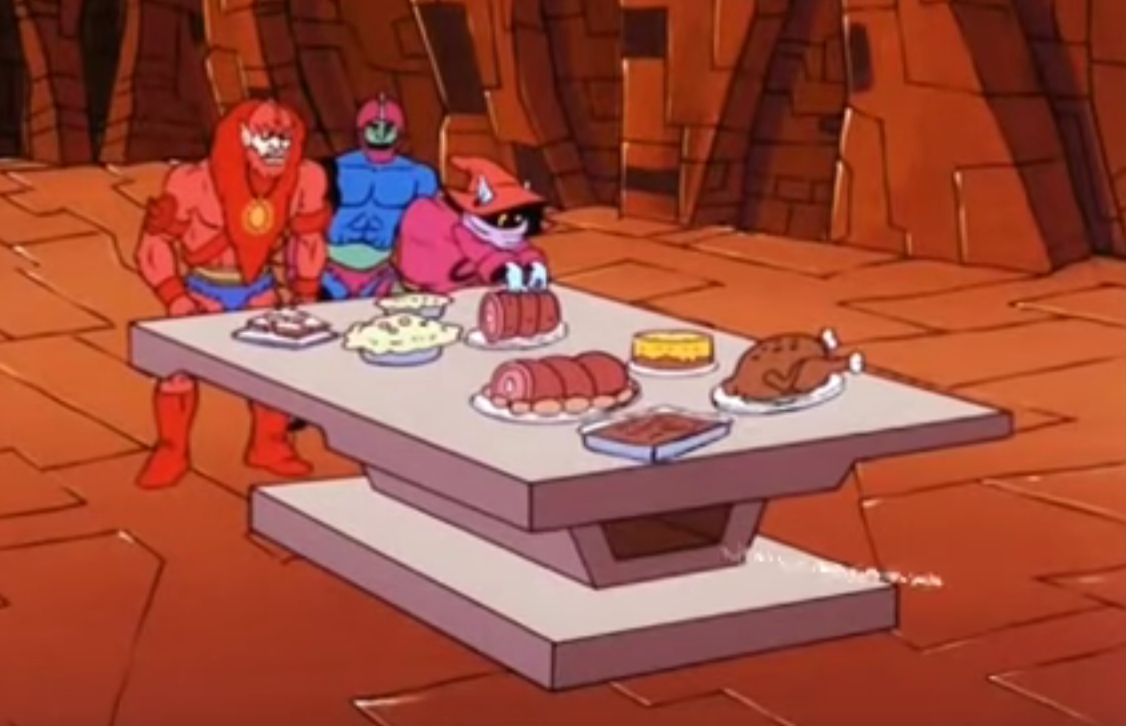
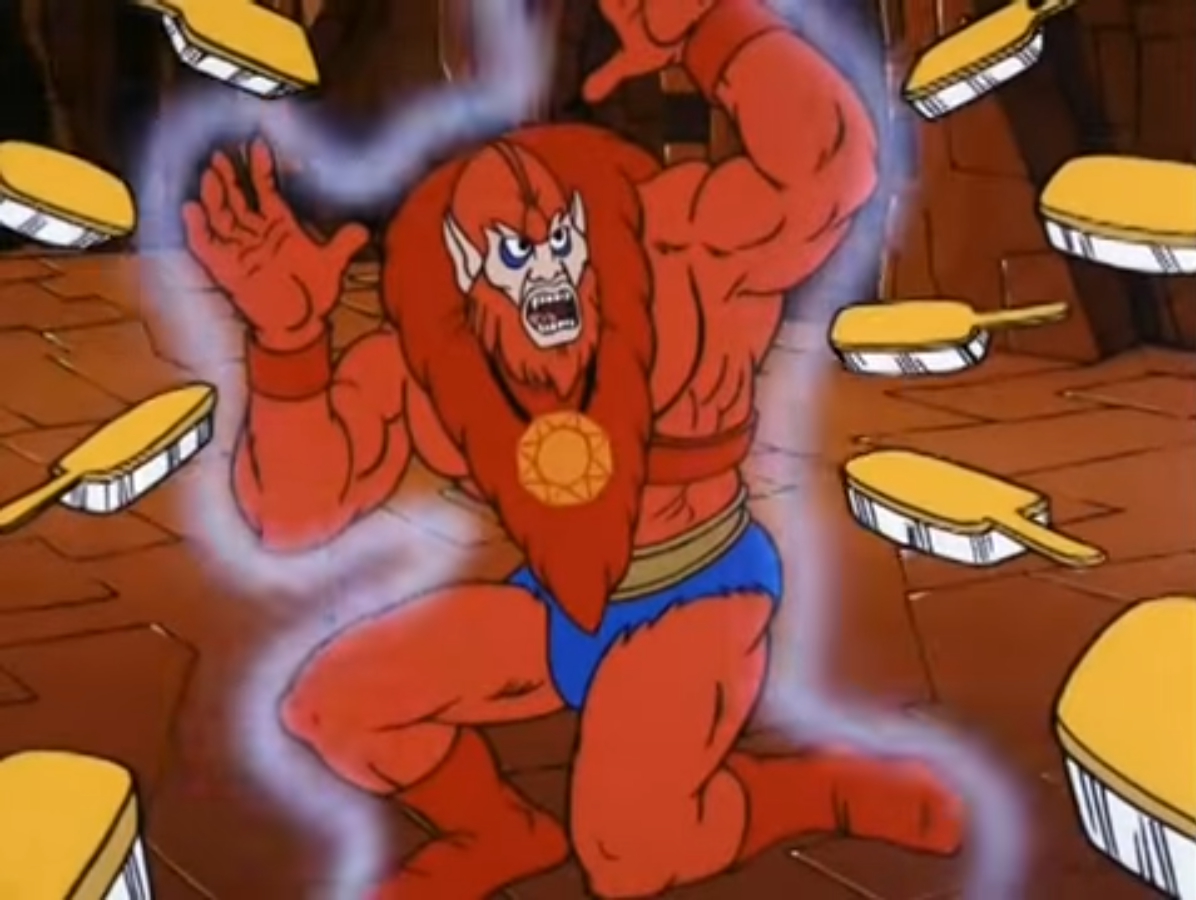

The mini comics and Golden Books stories portray Orko in pretty much the same way.
Masks of Evil:
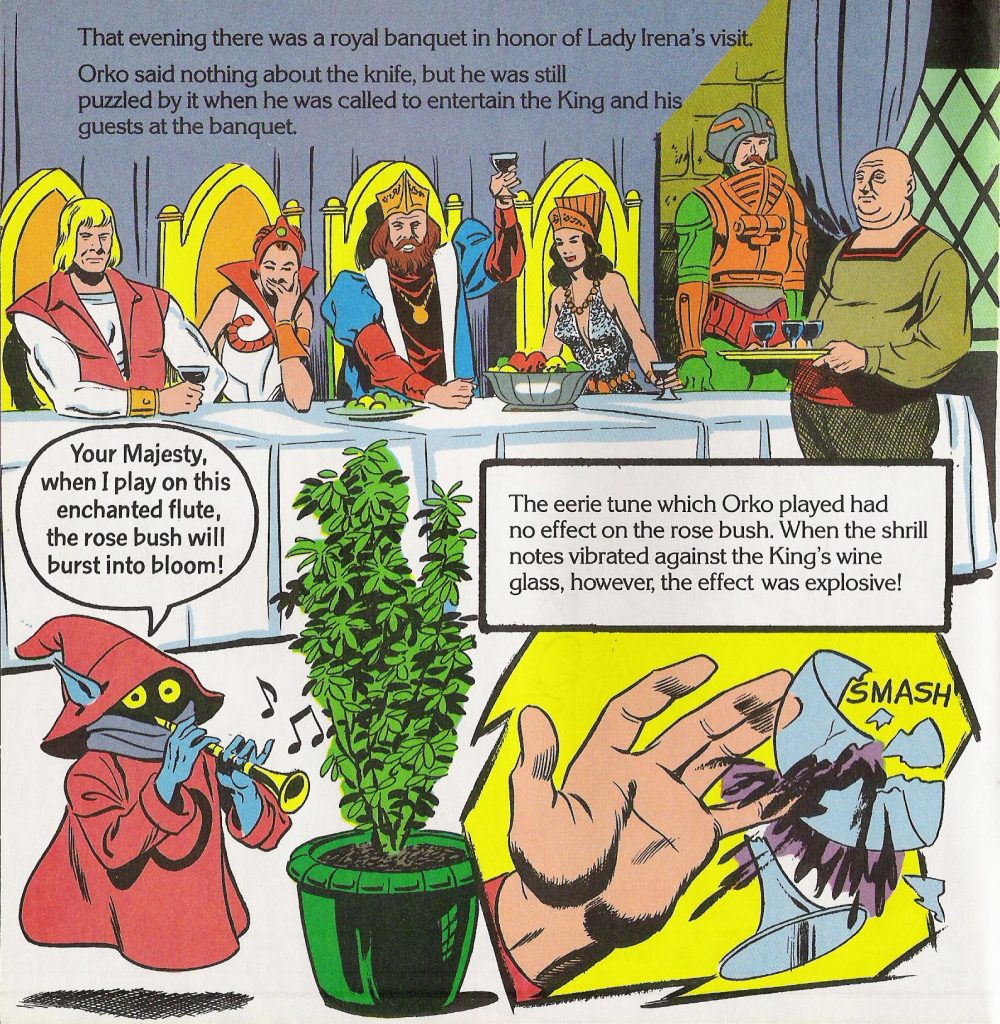


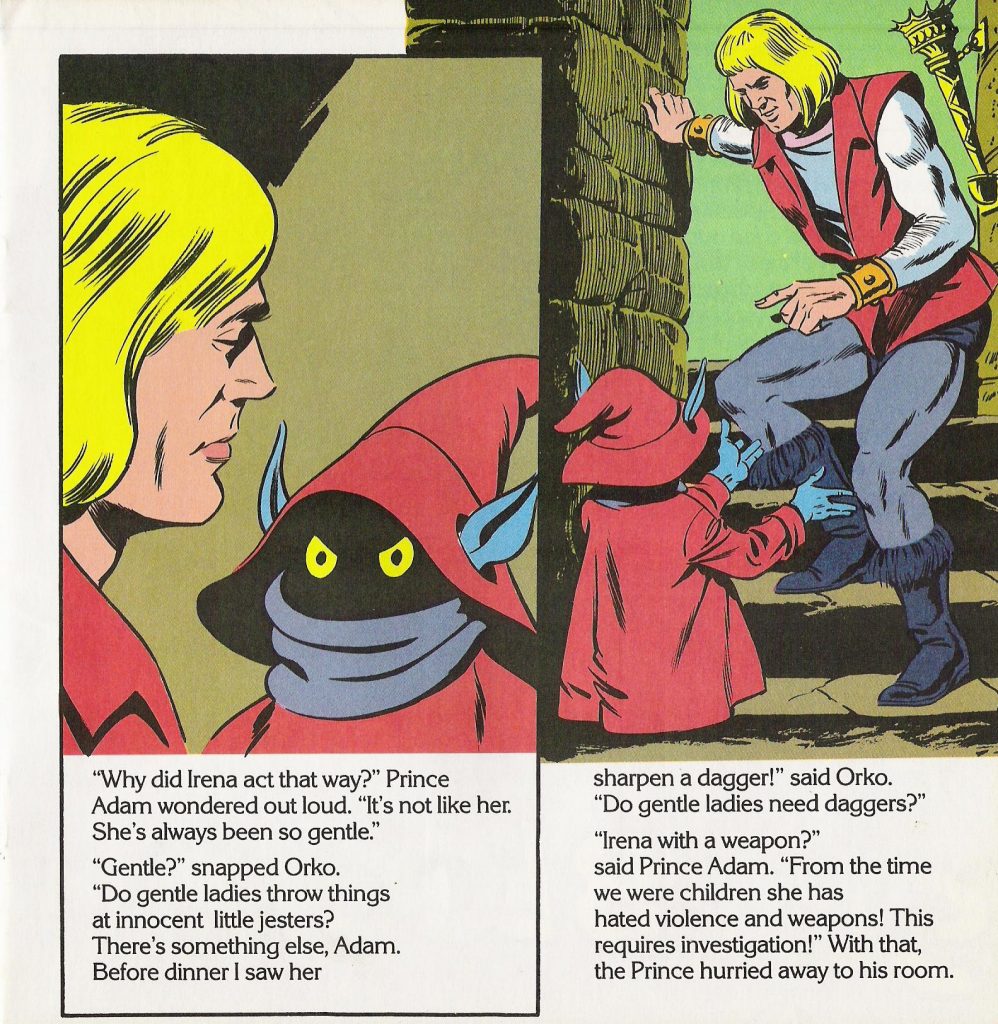
Time Trouble:
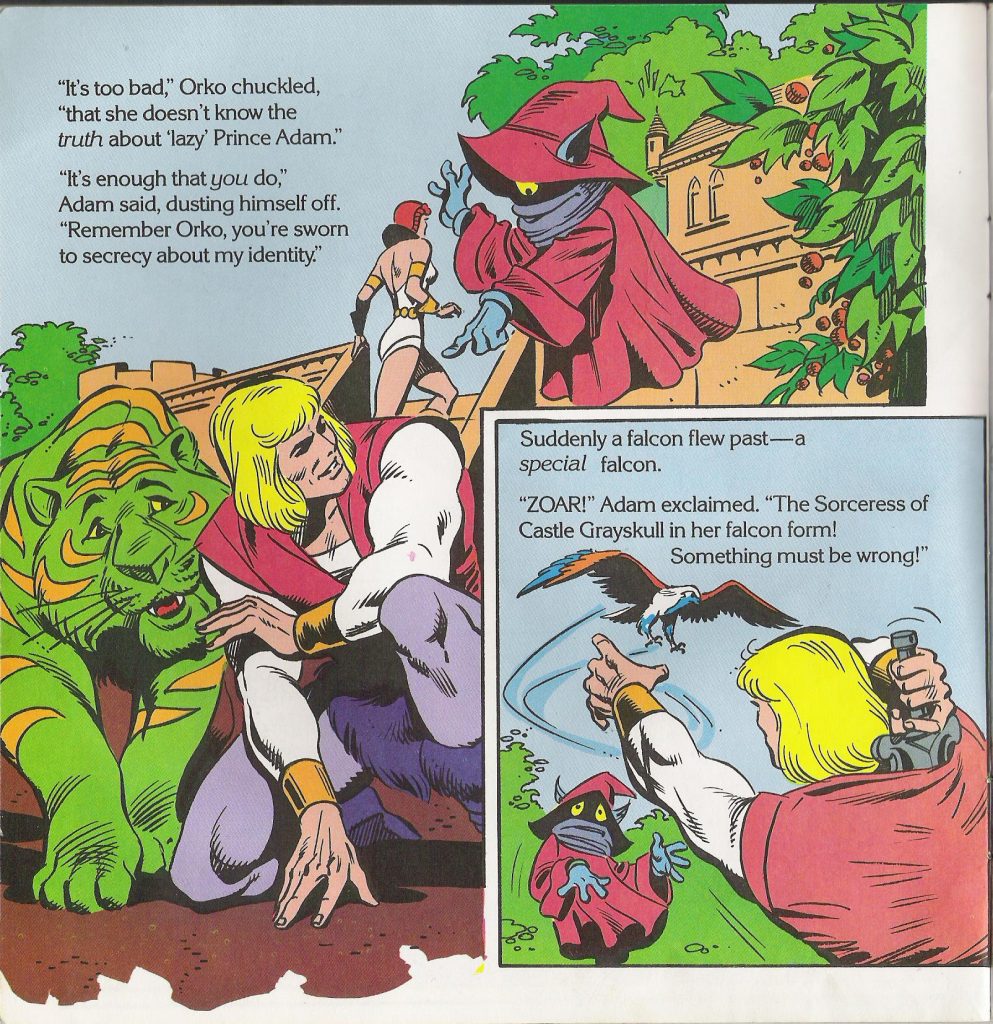
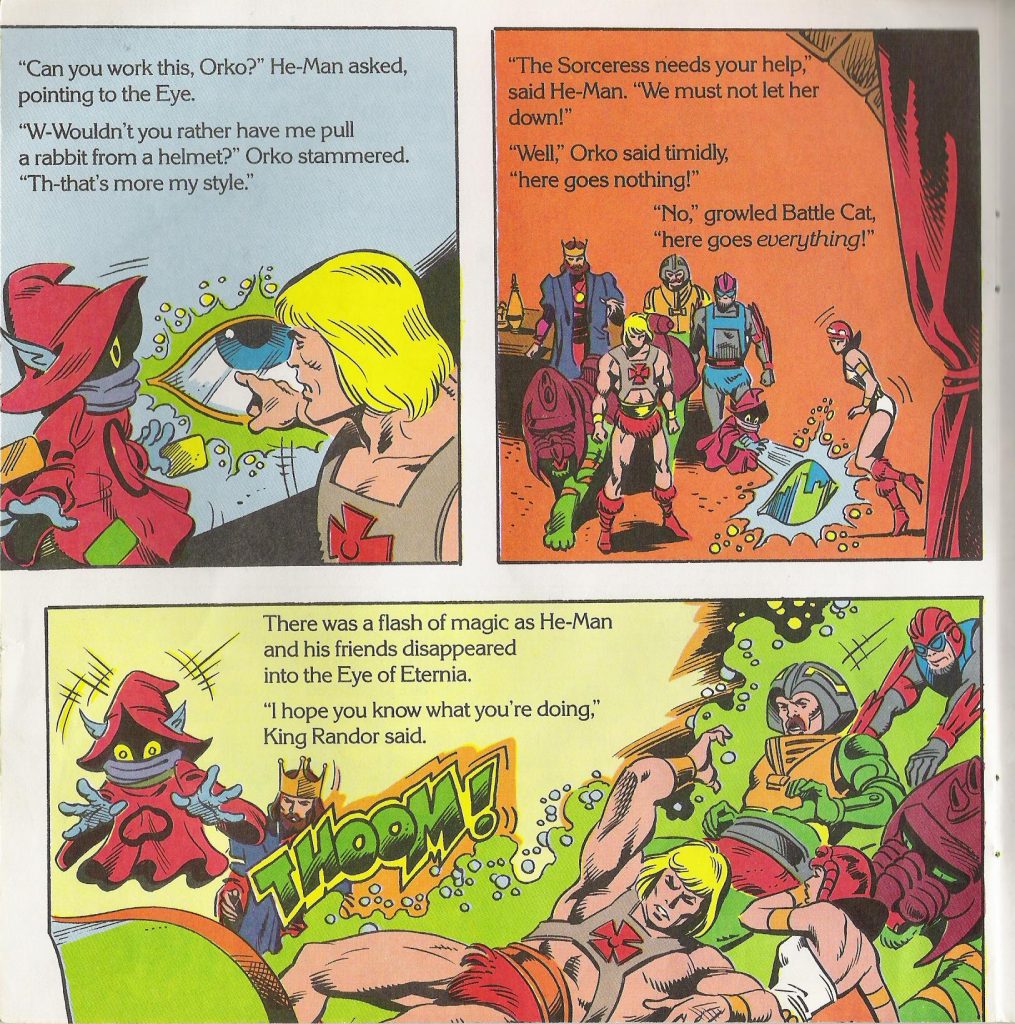



Hordak: The Ruthless Leader’s Revenge!

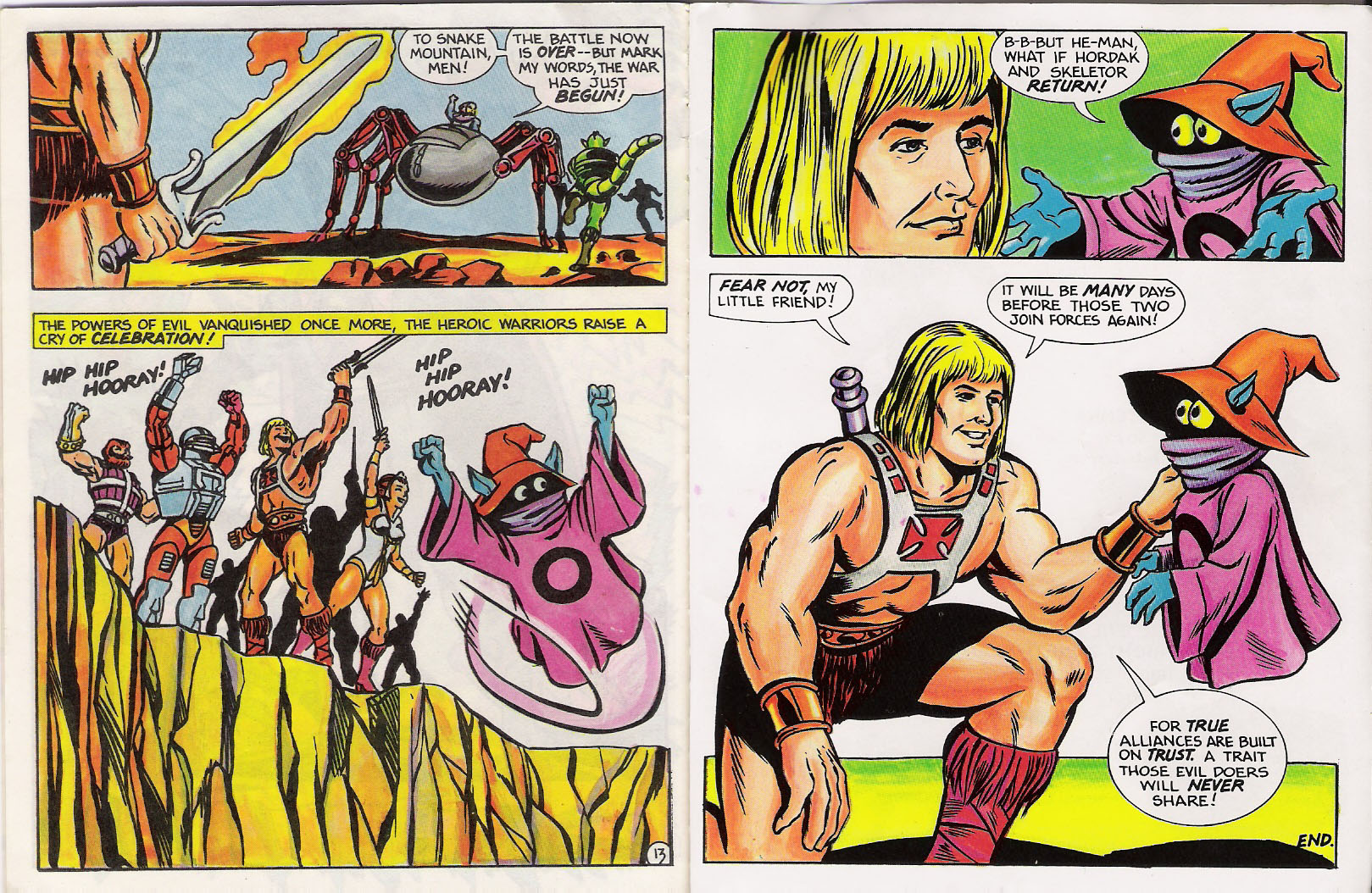
(Images via He-Man.org)
If you enjoy this content, please consider becoming a member of the Patreon page: https://www.patreon.com/BattleRamBlog



